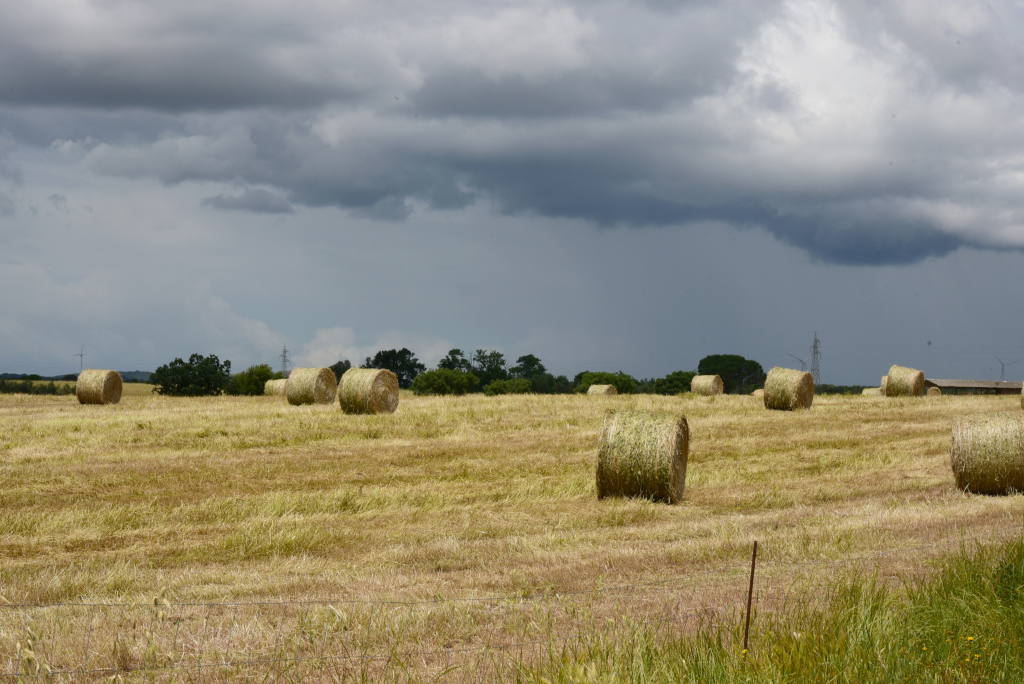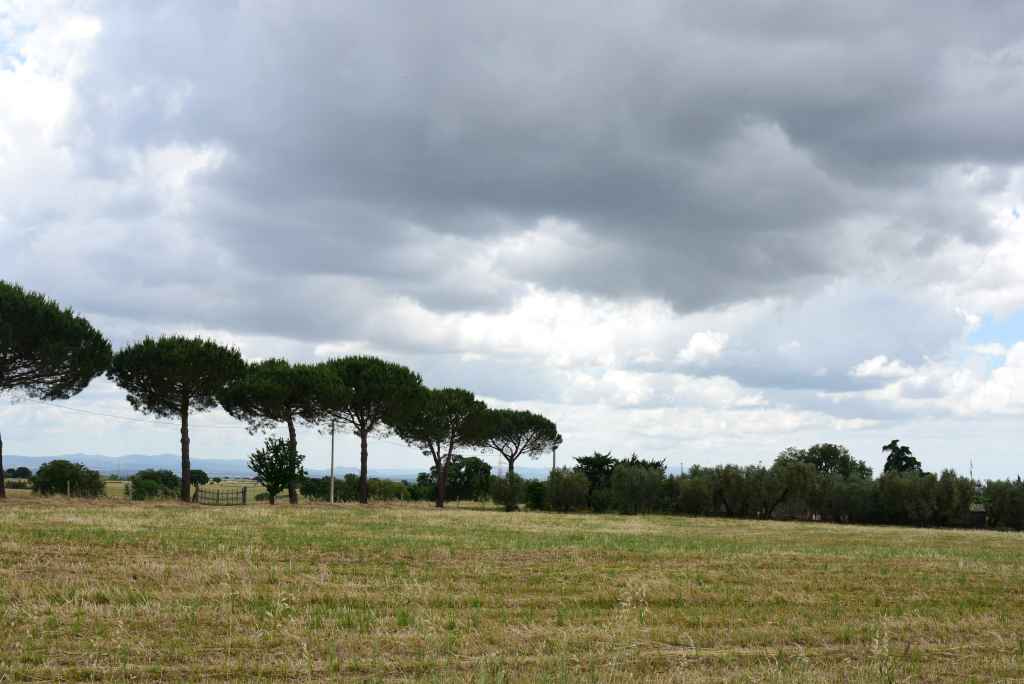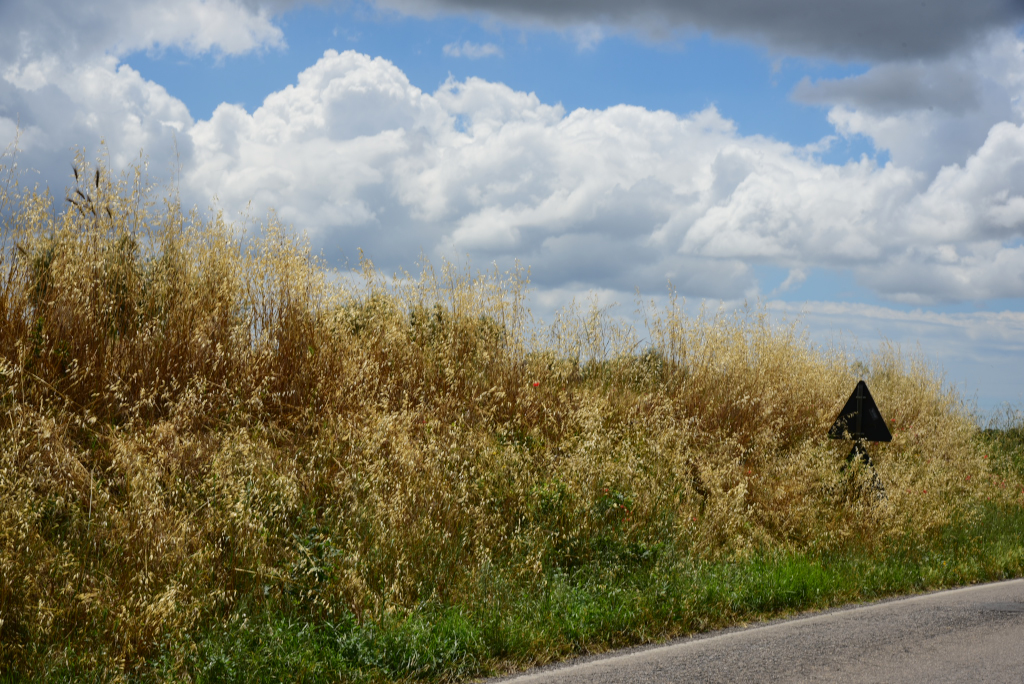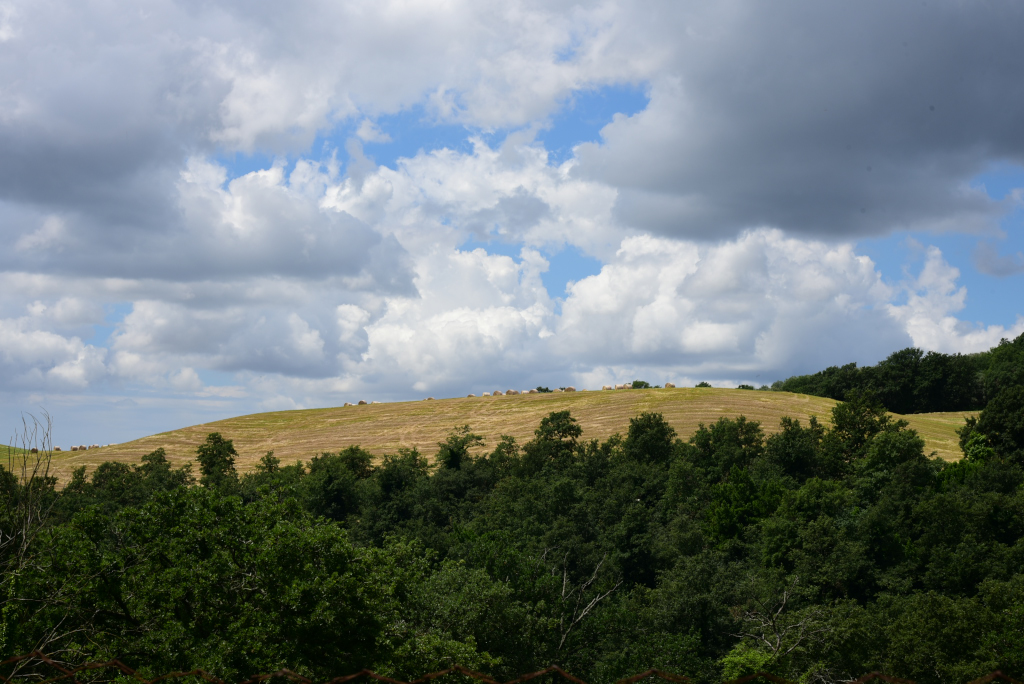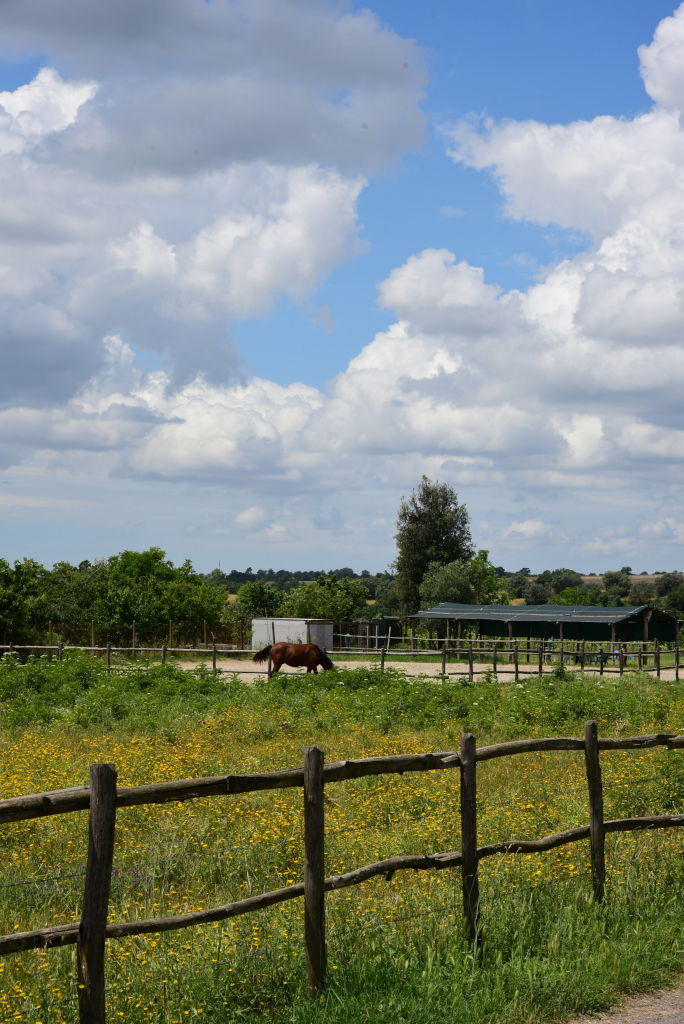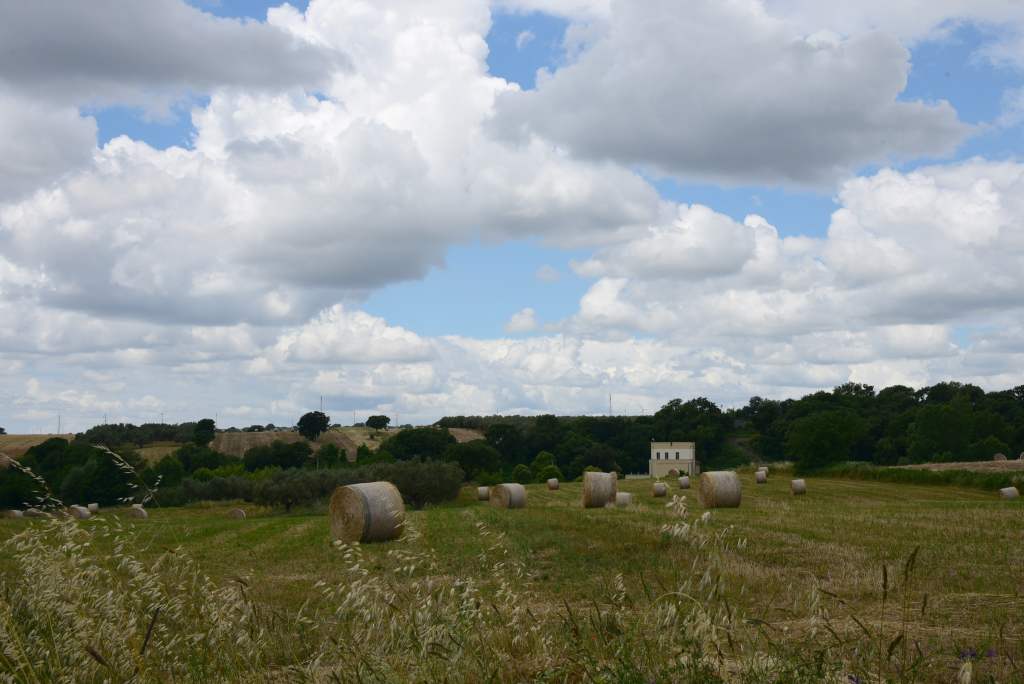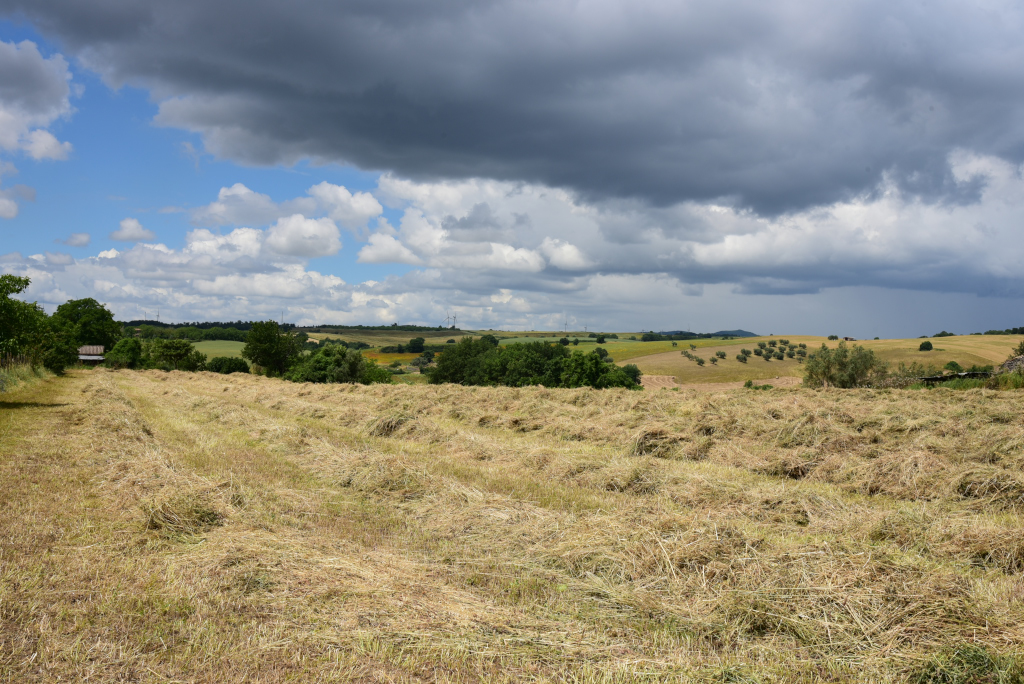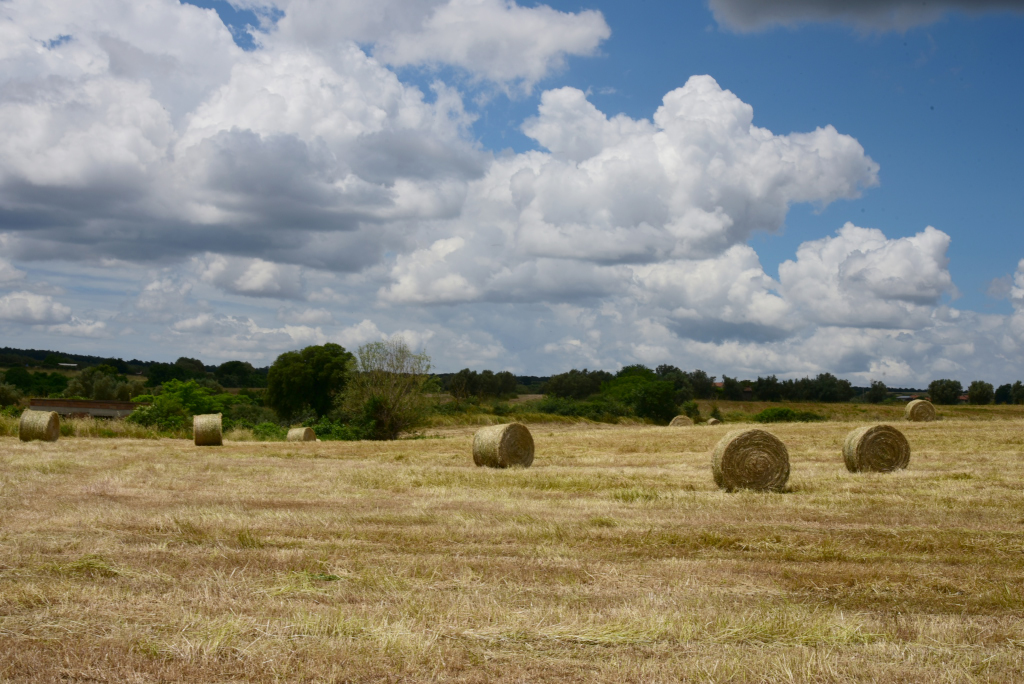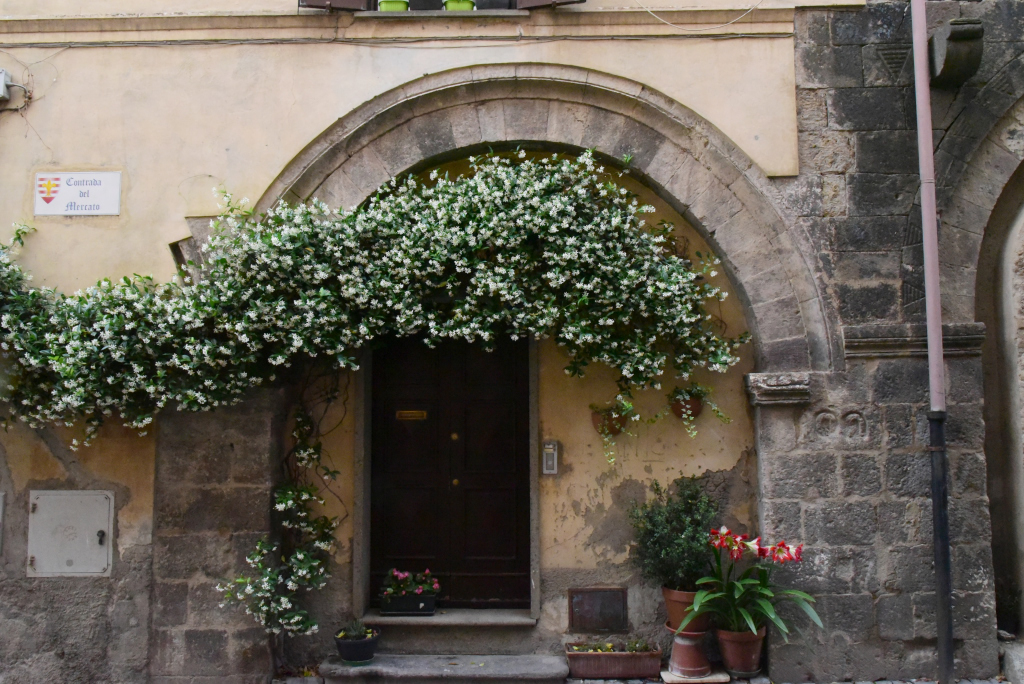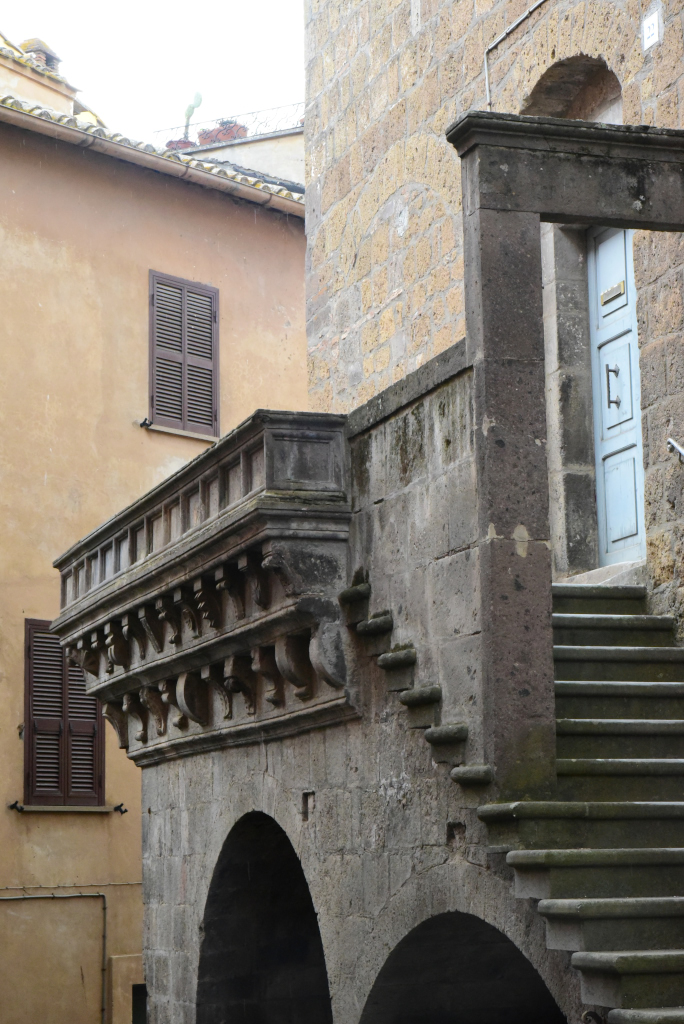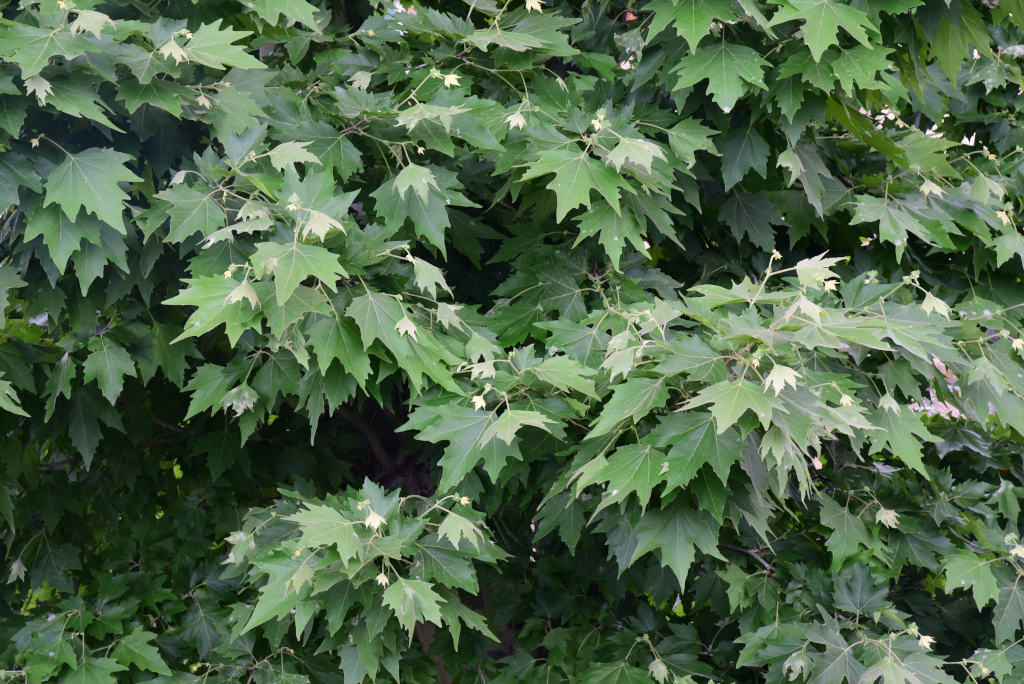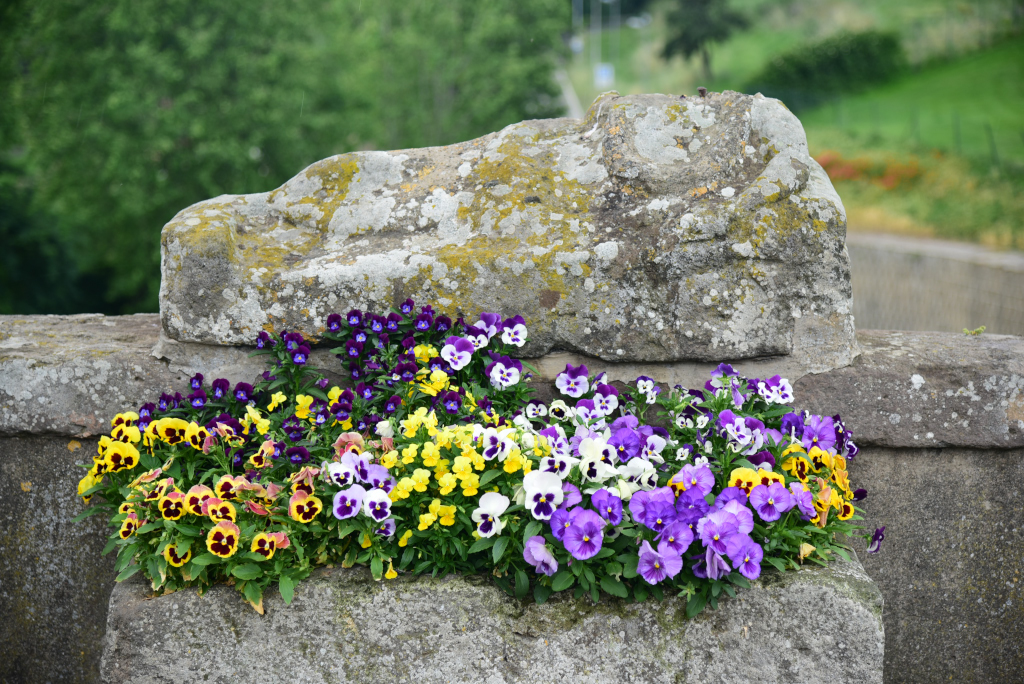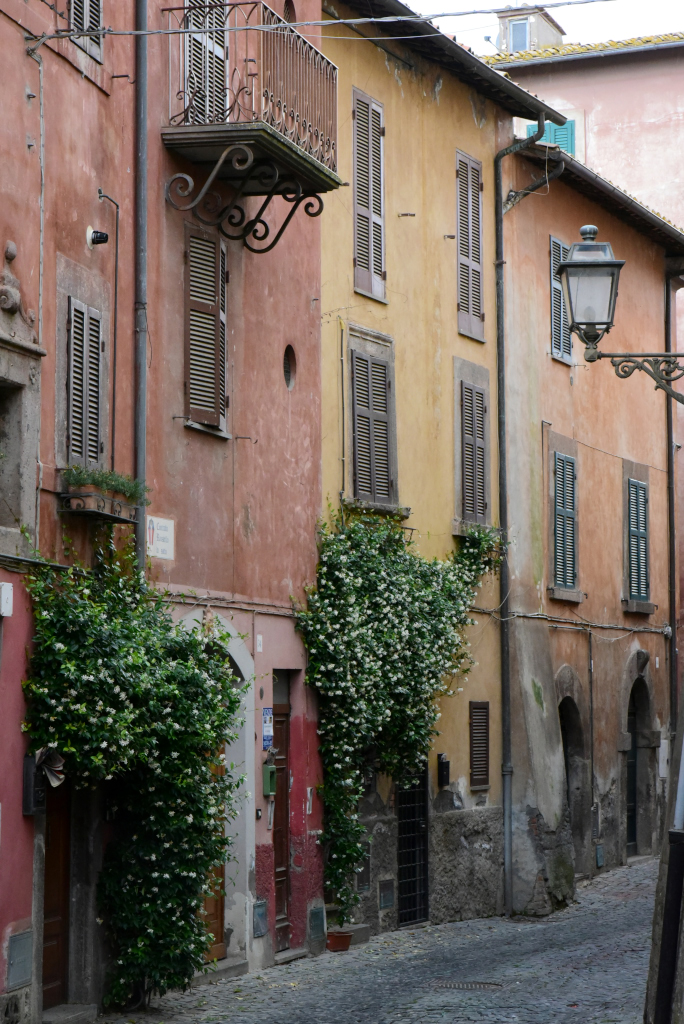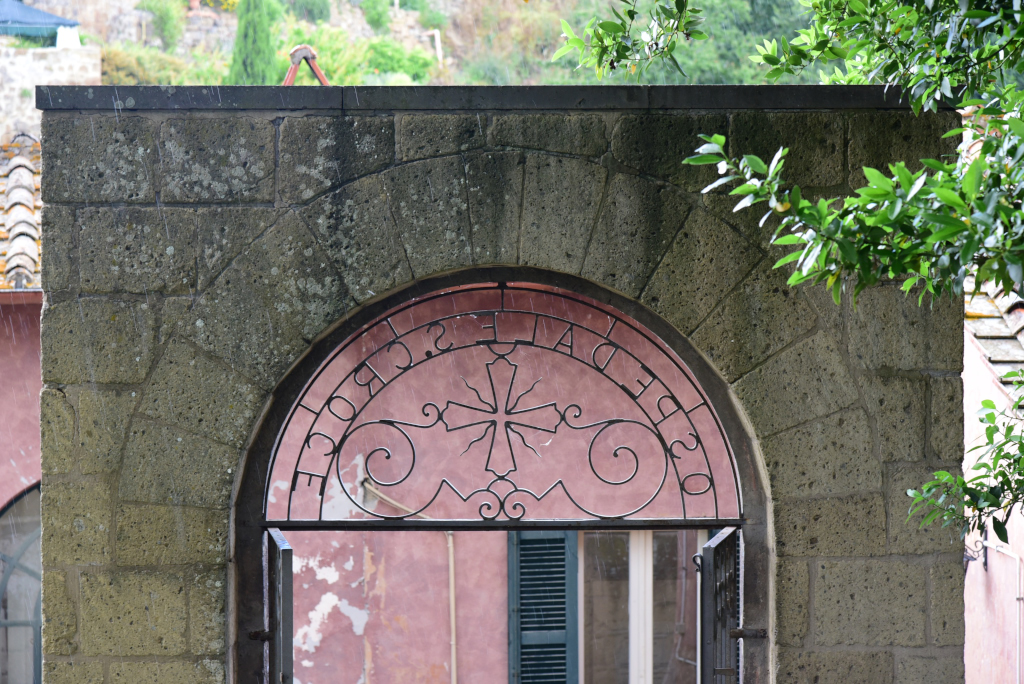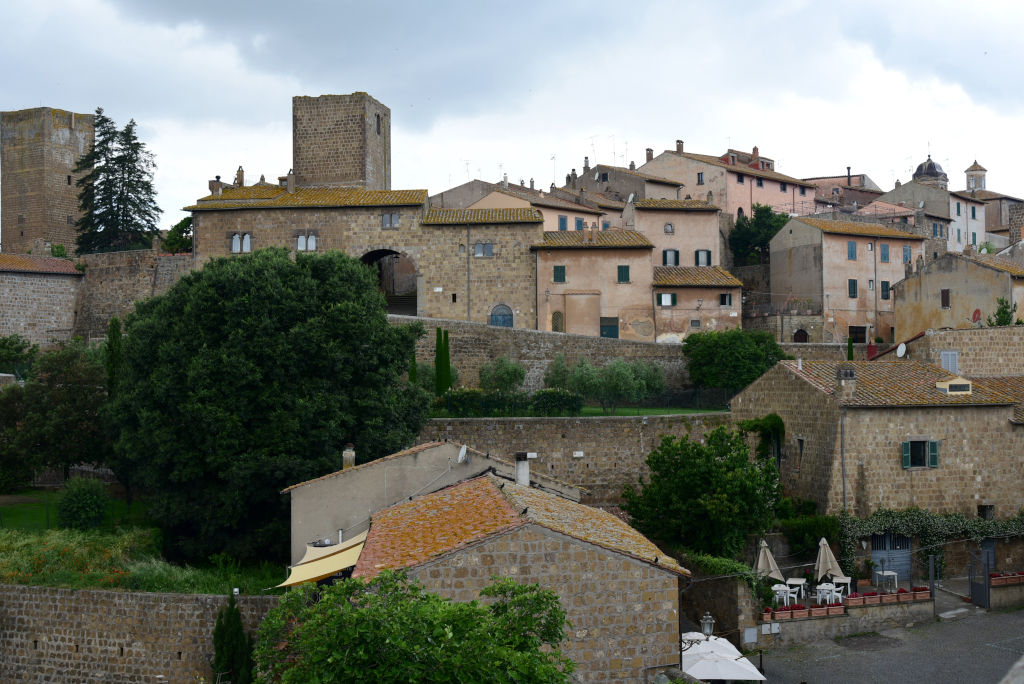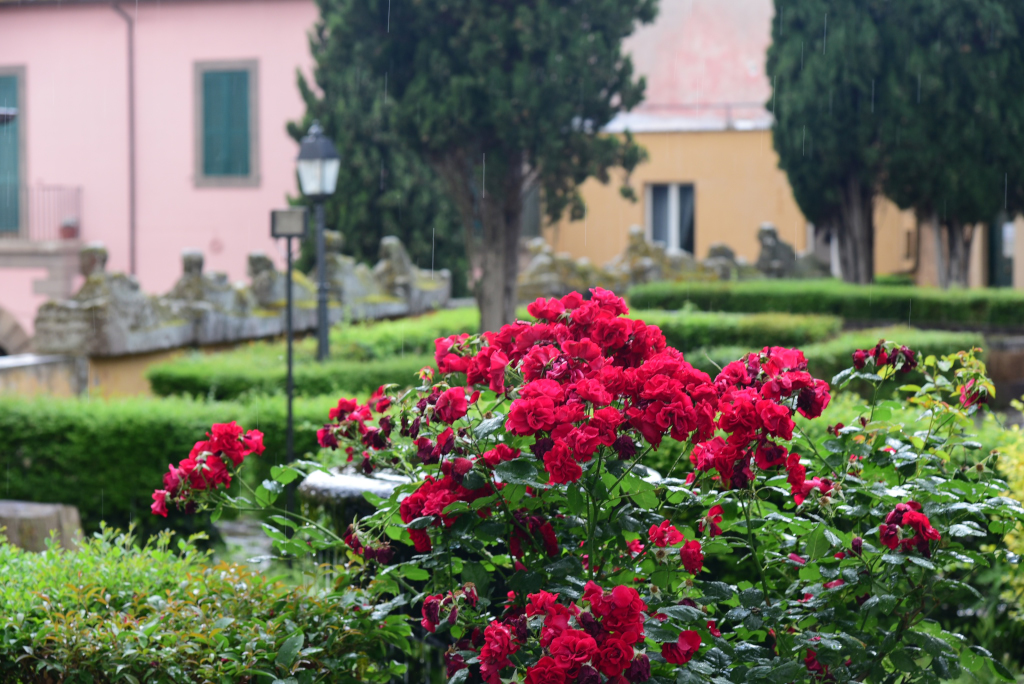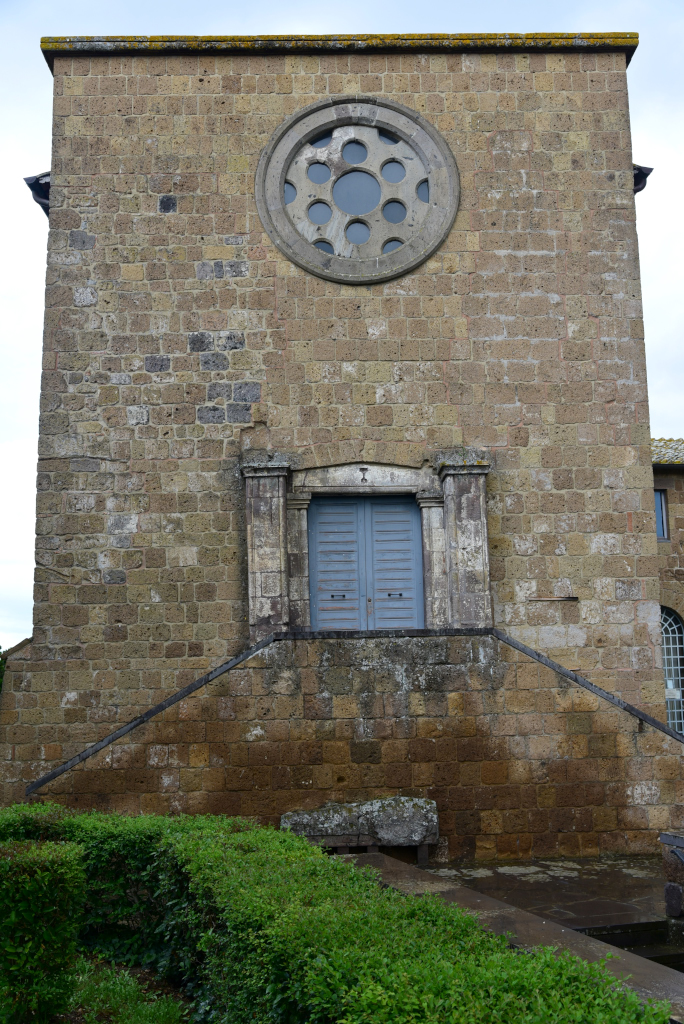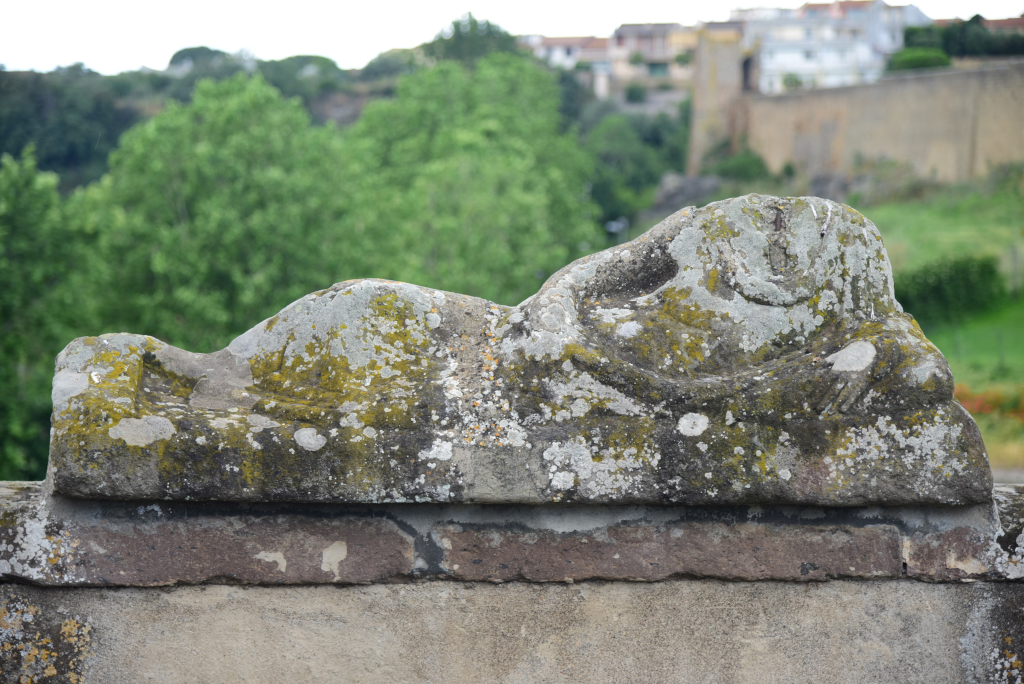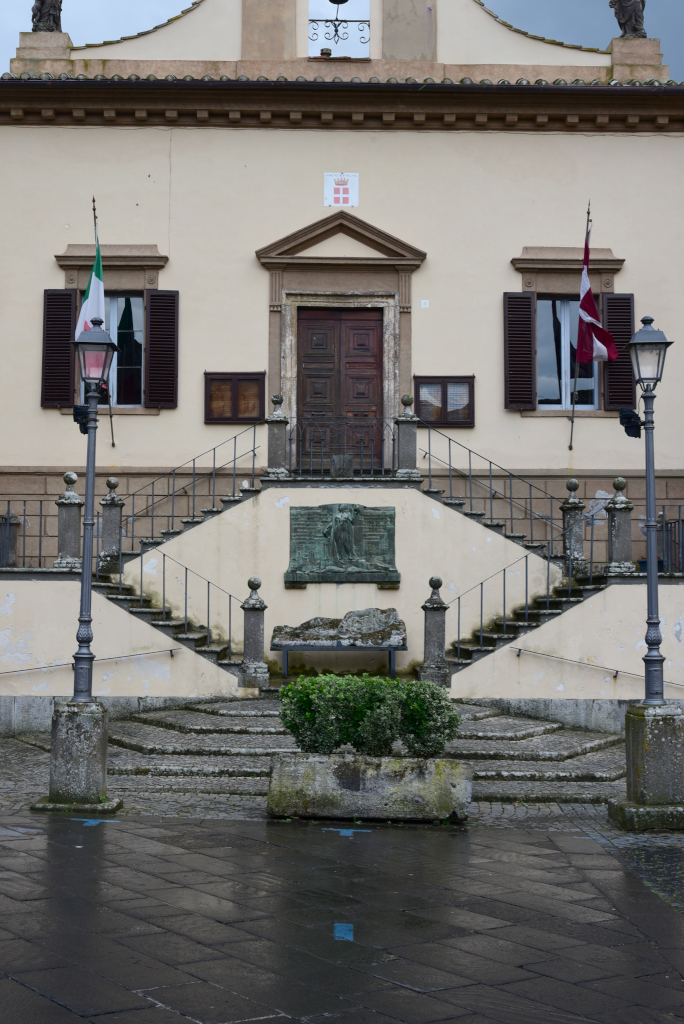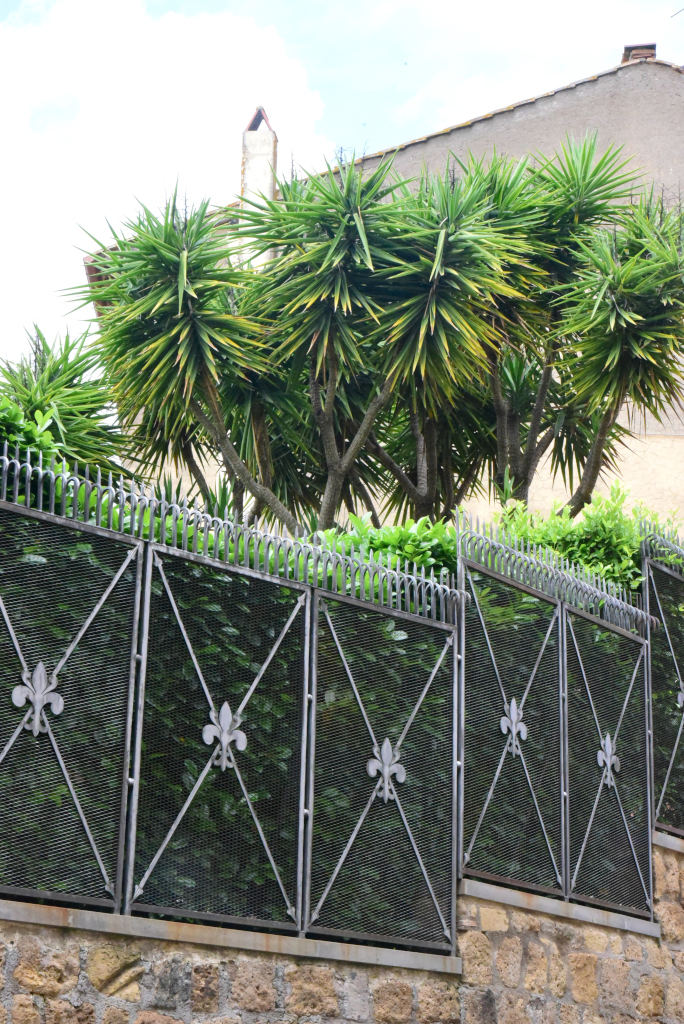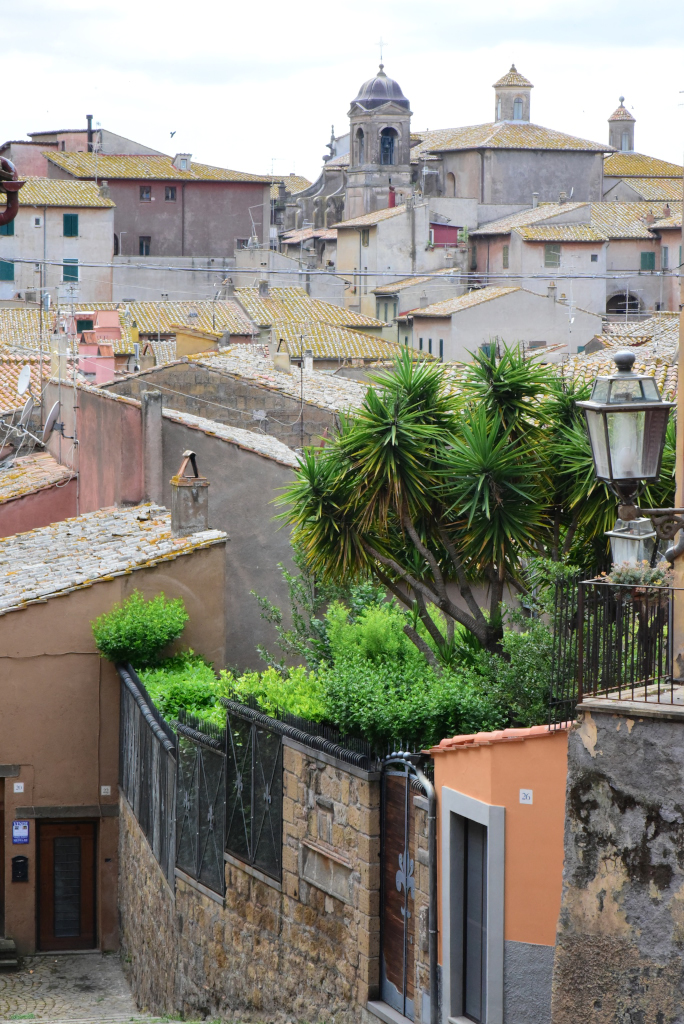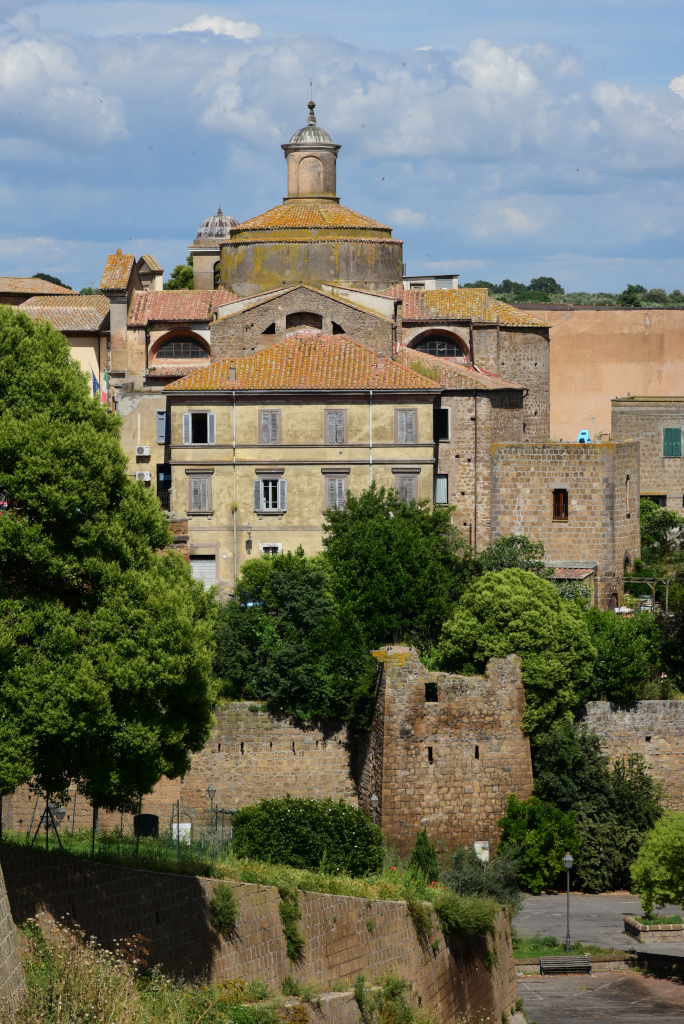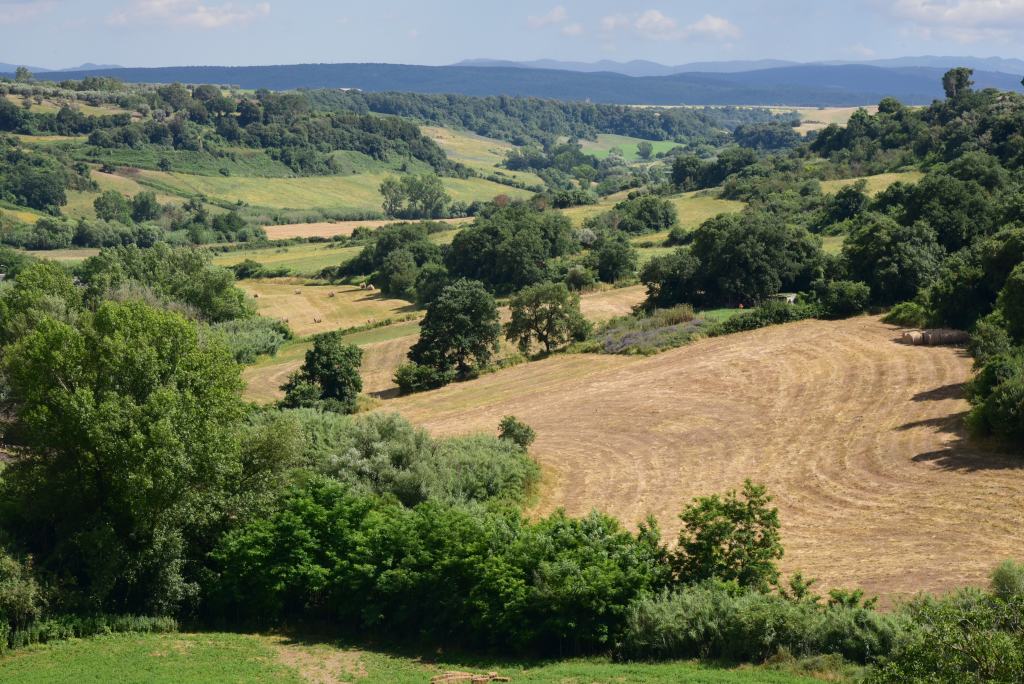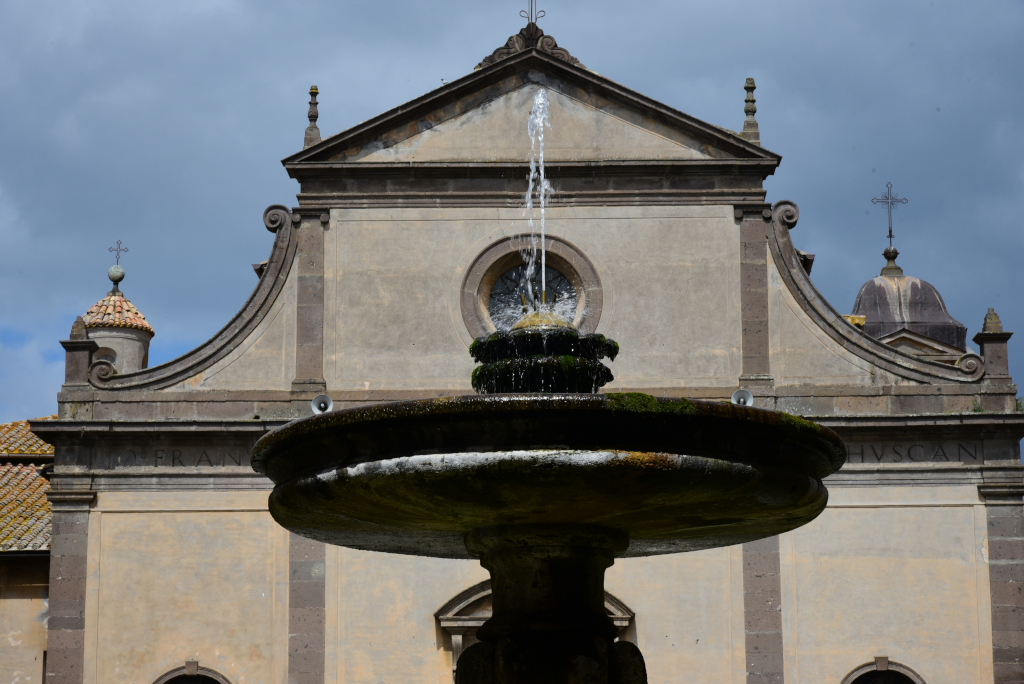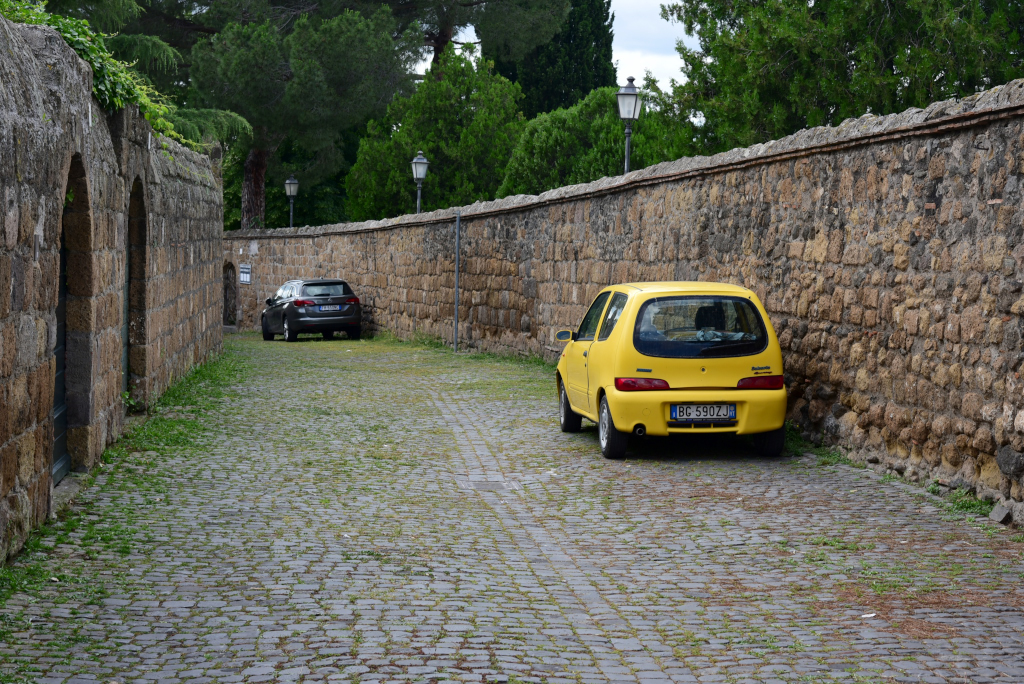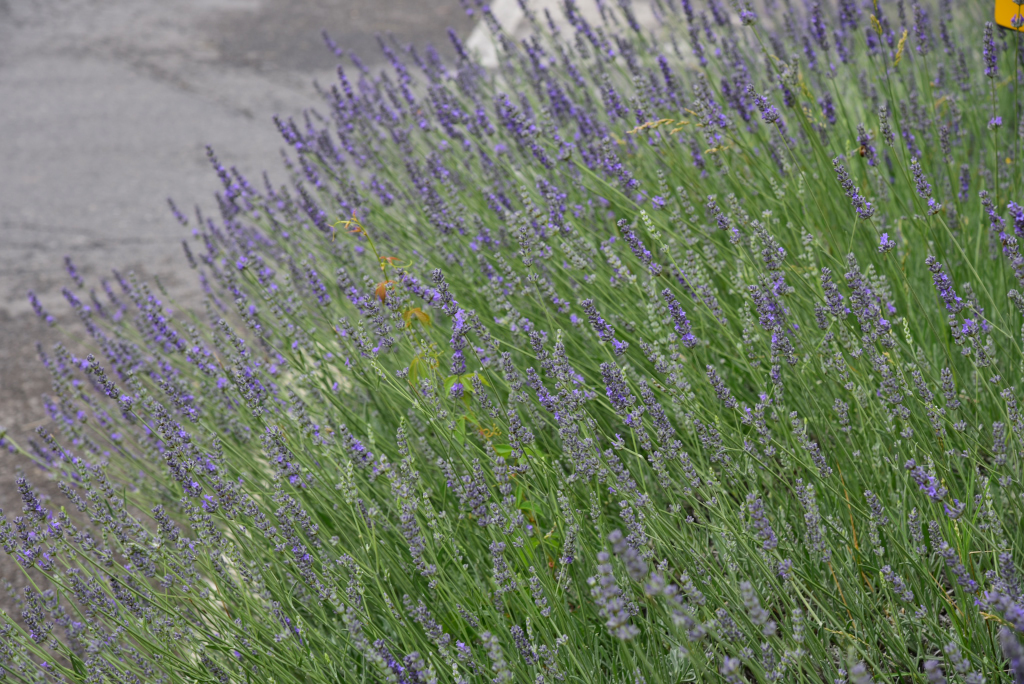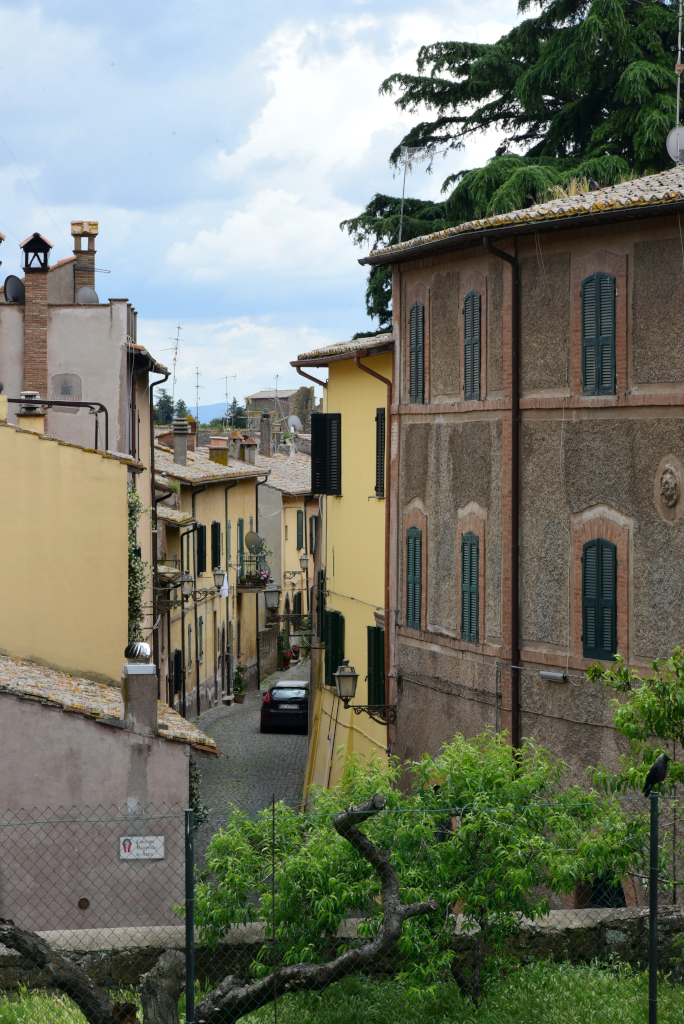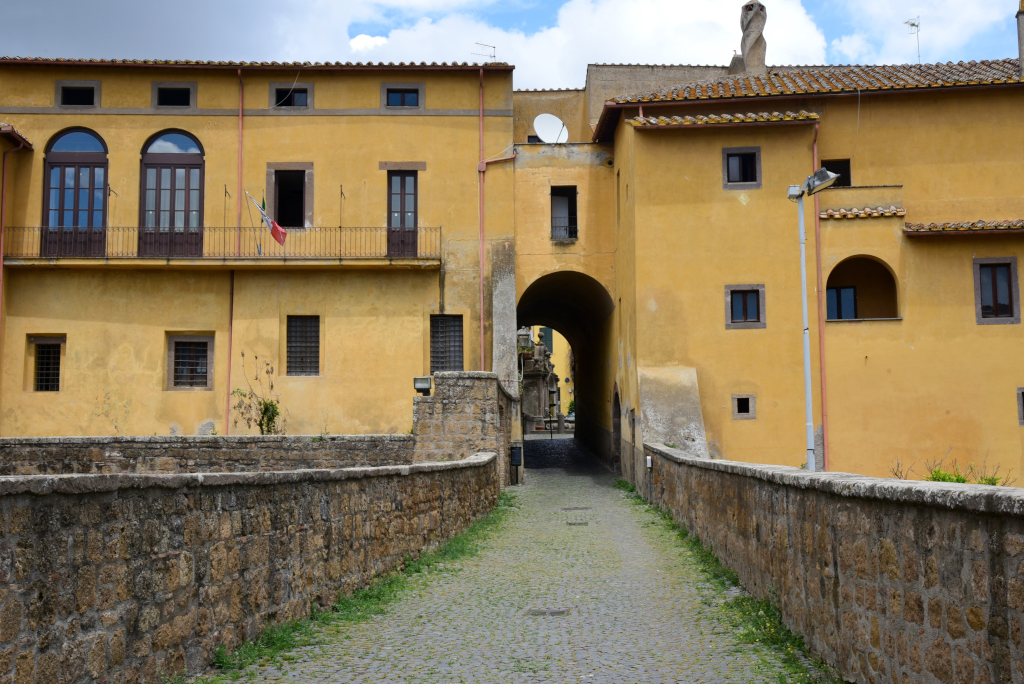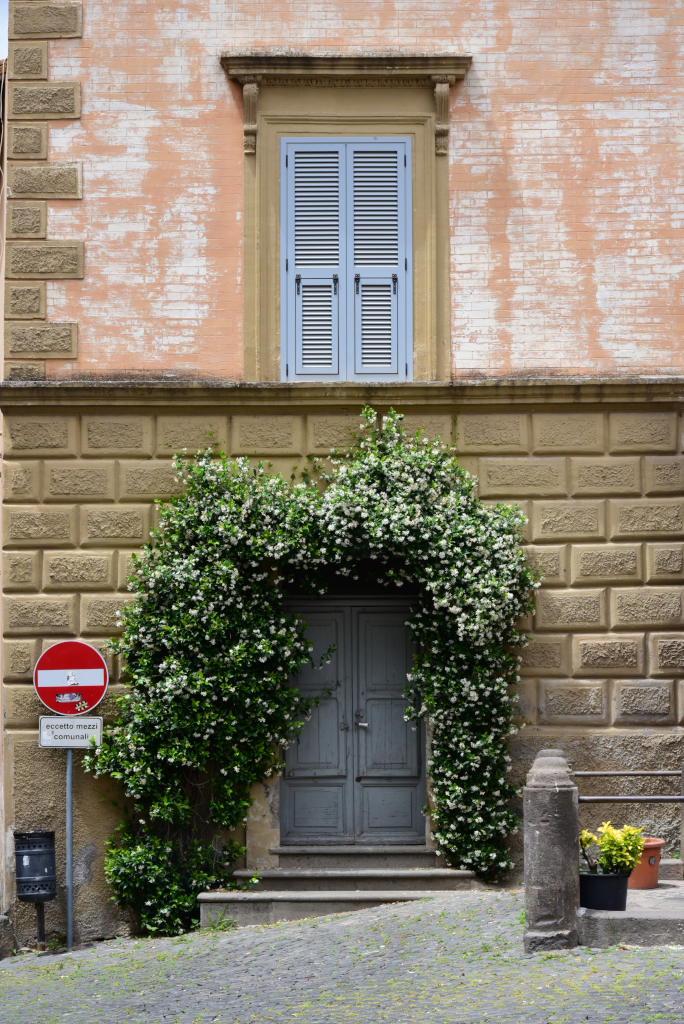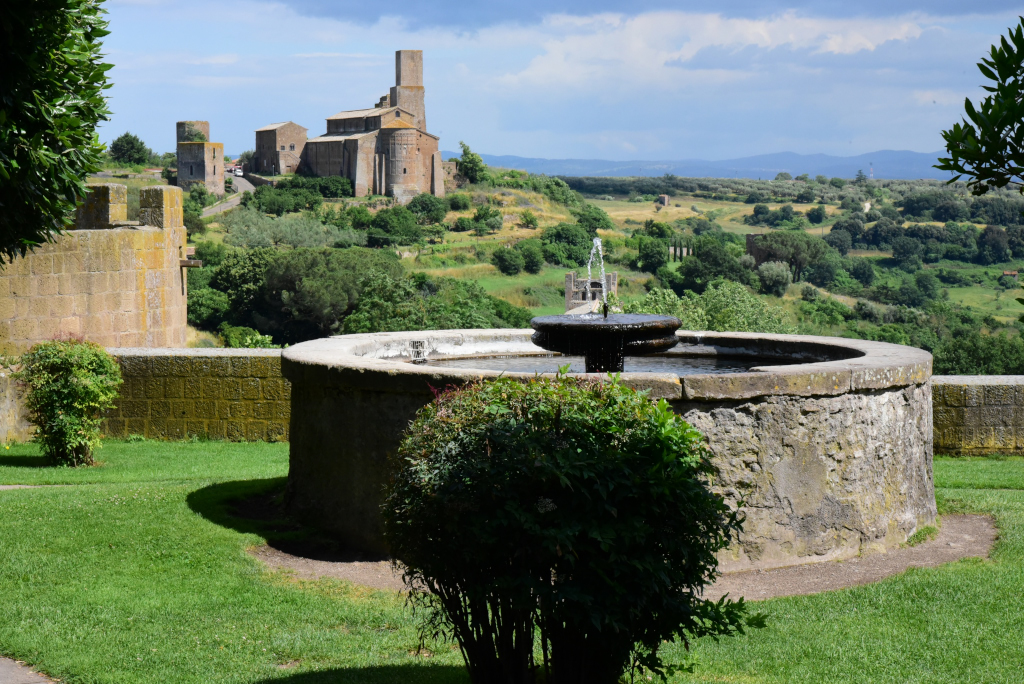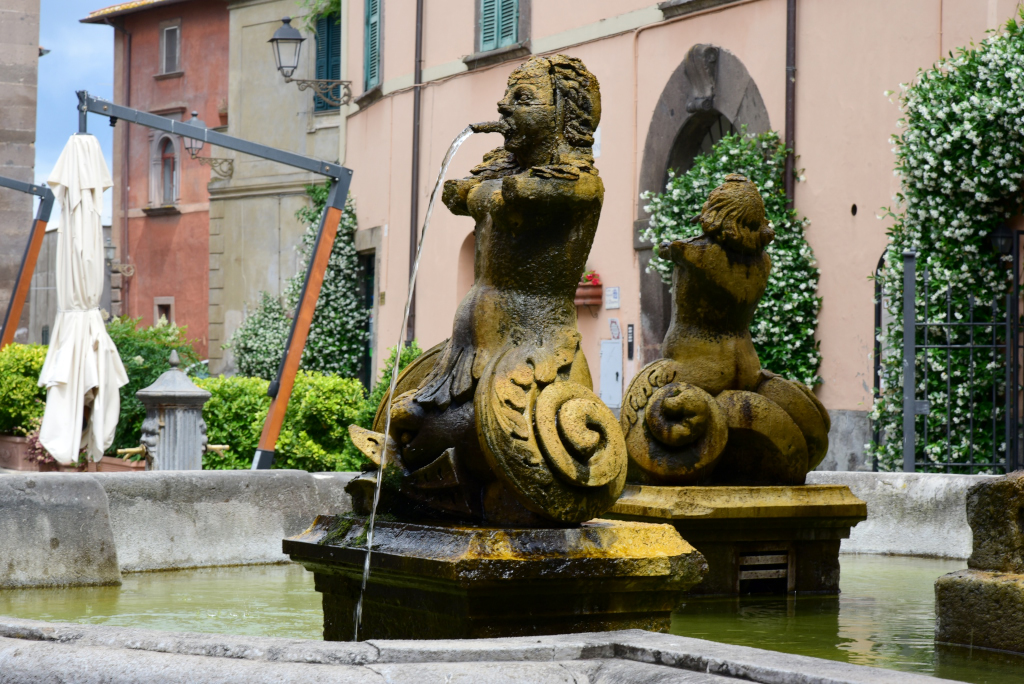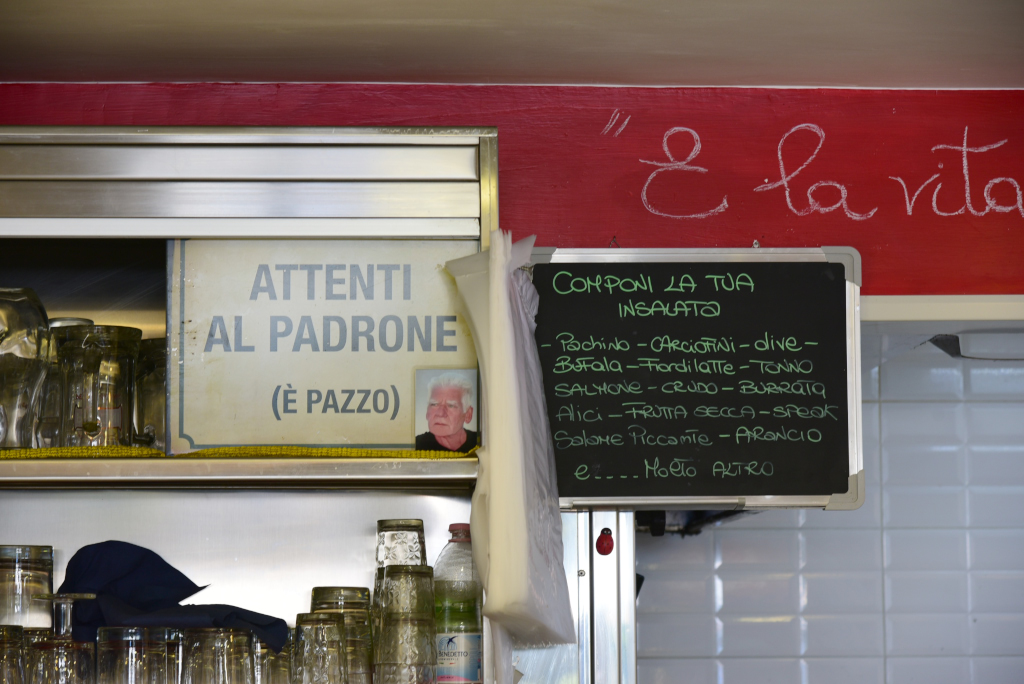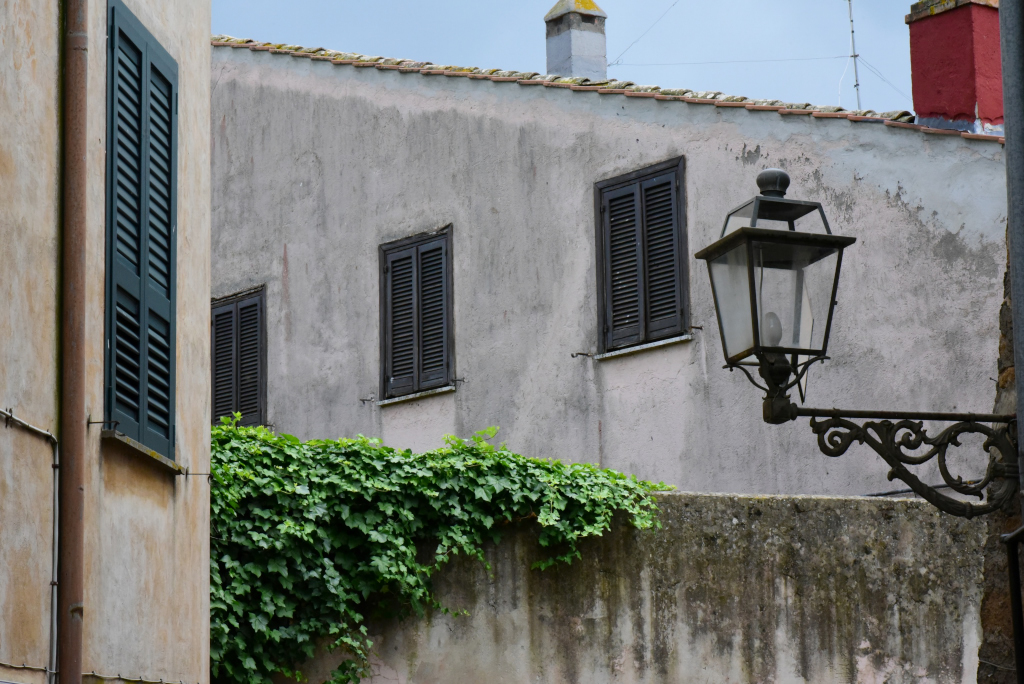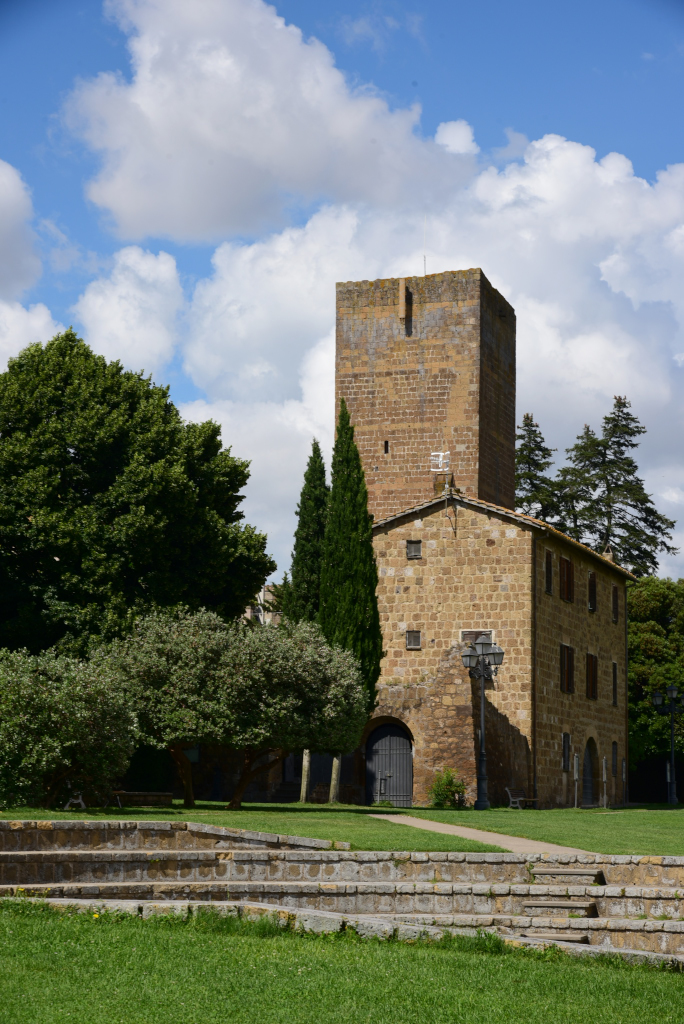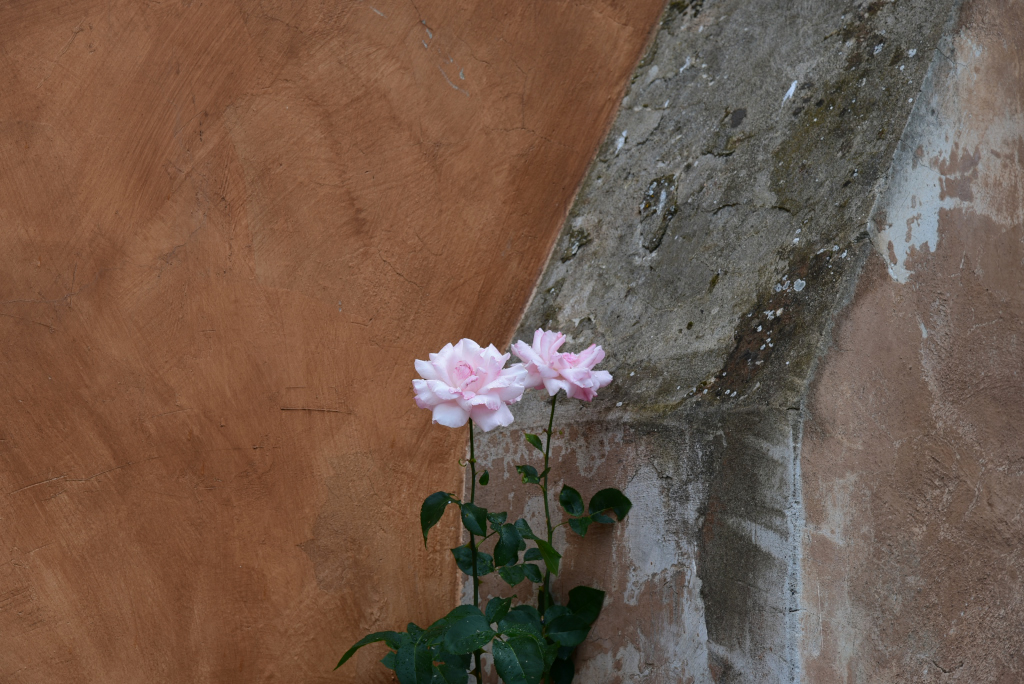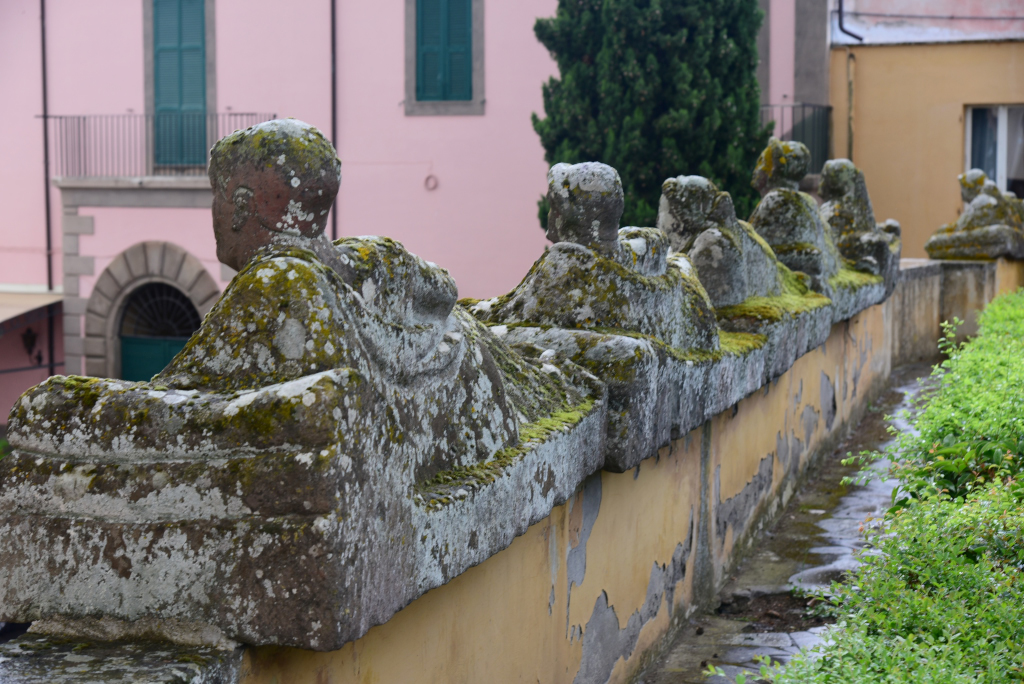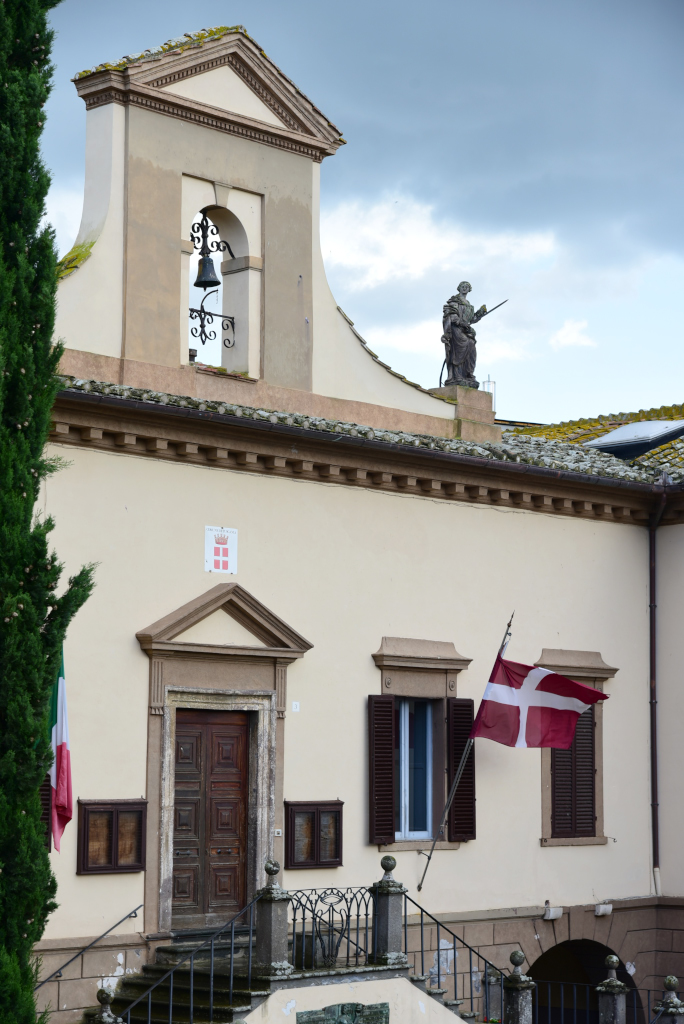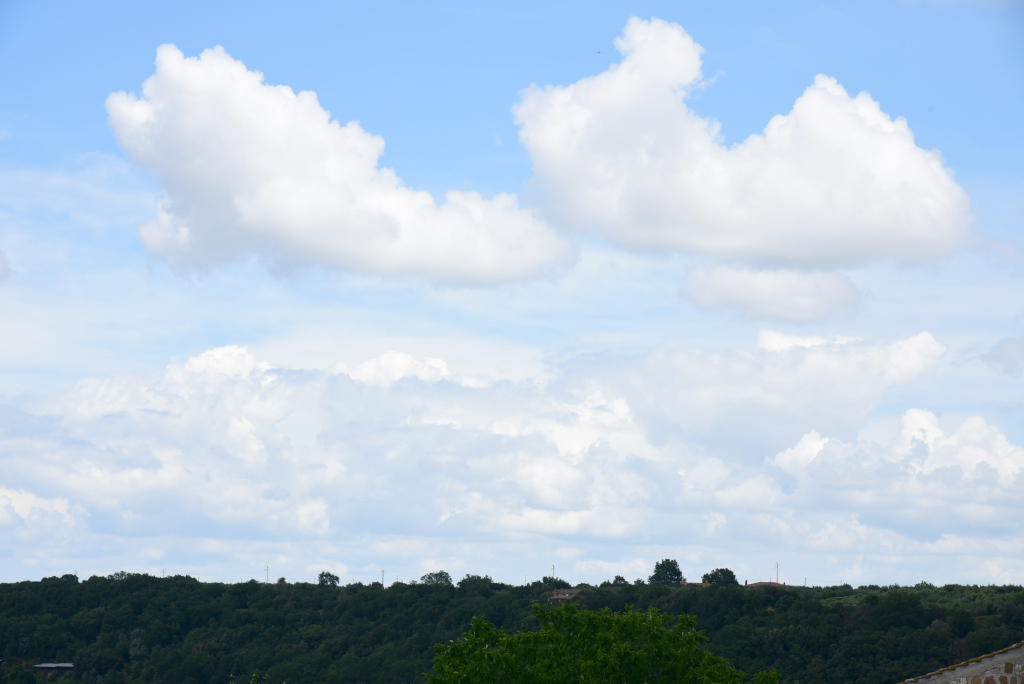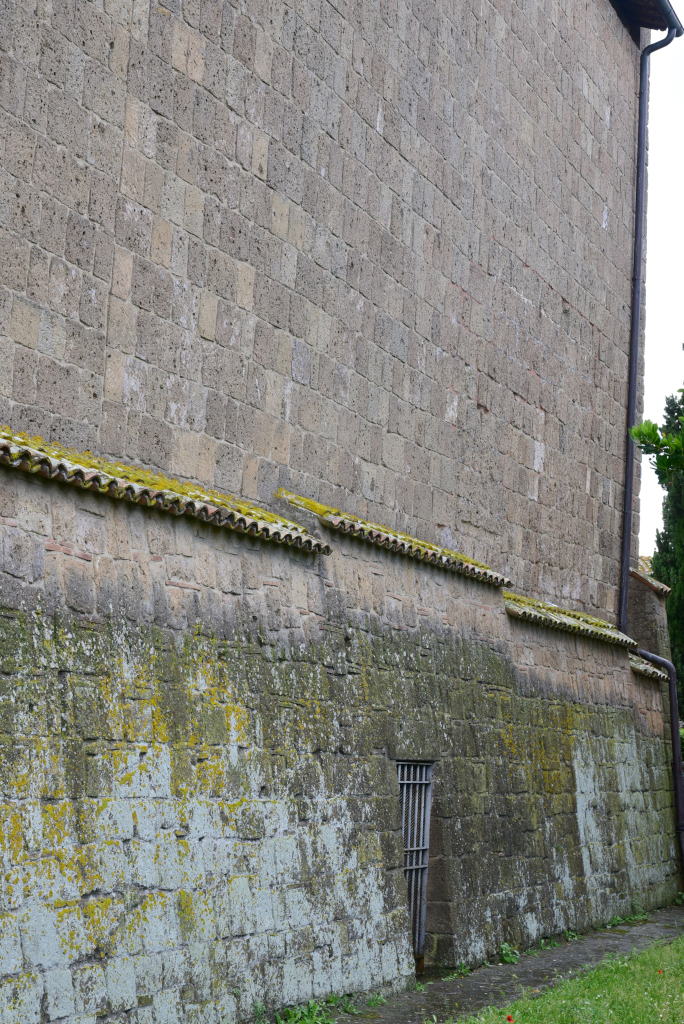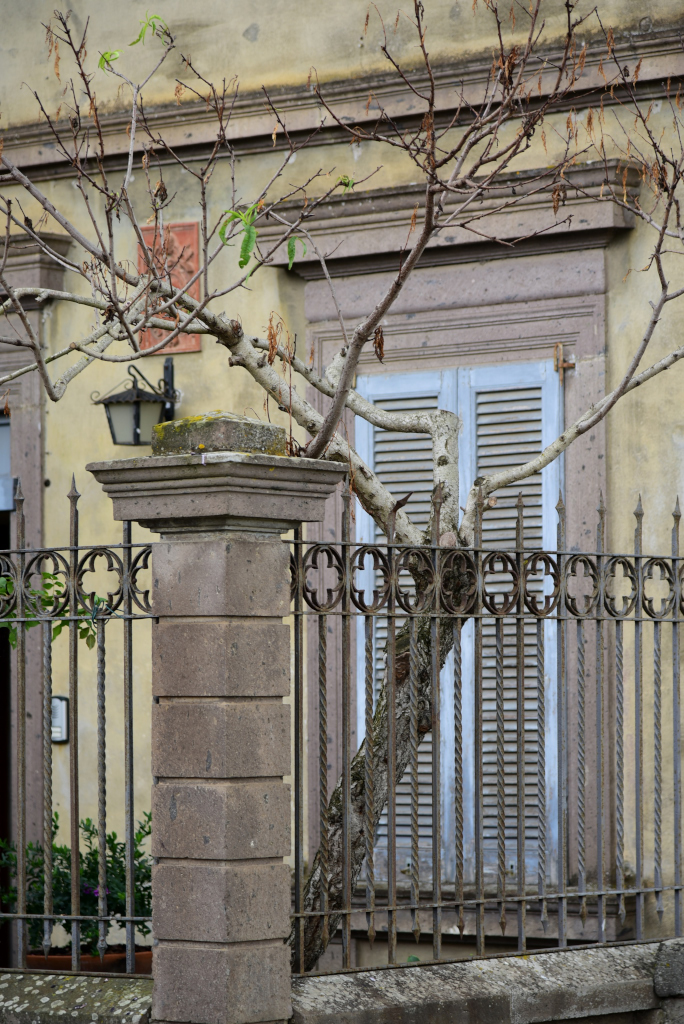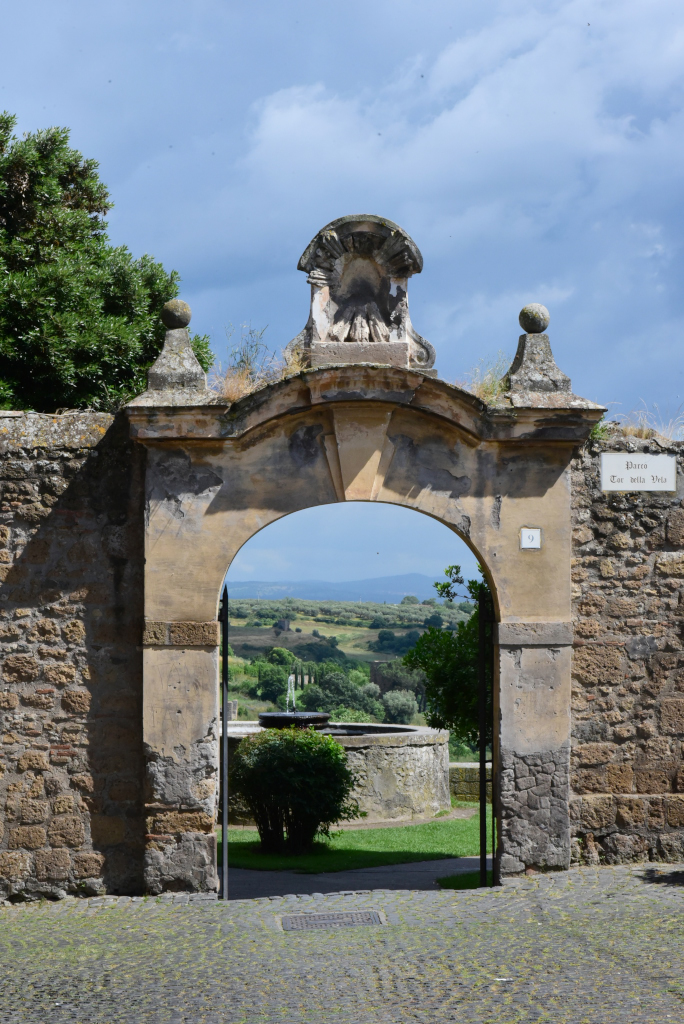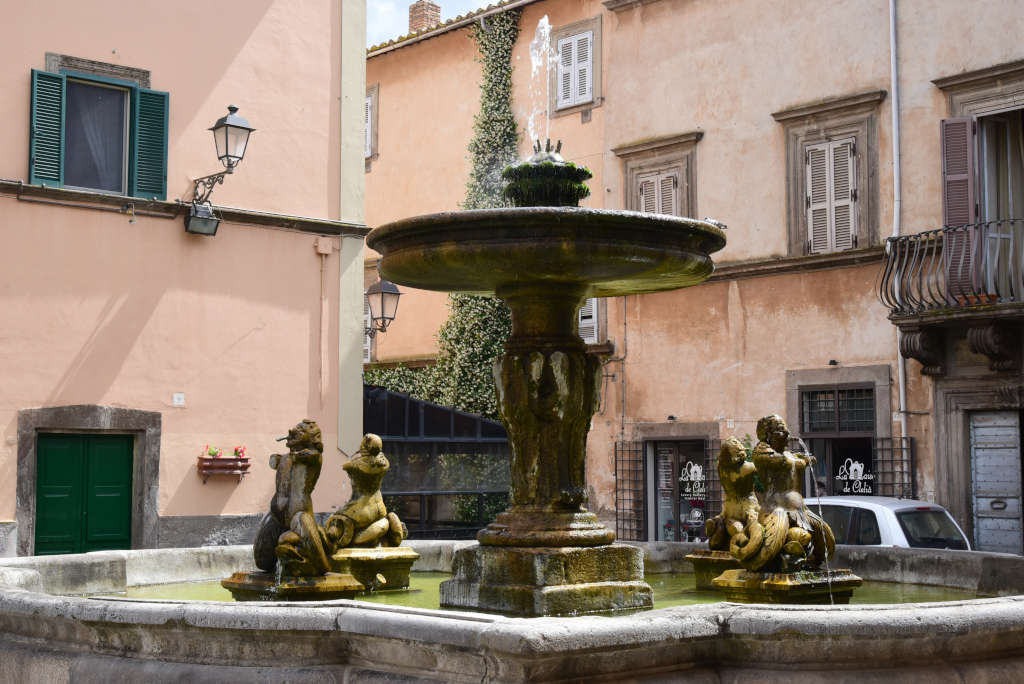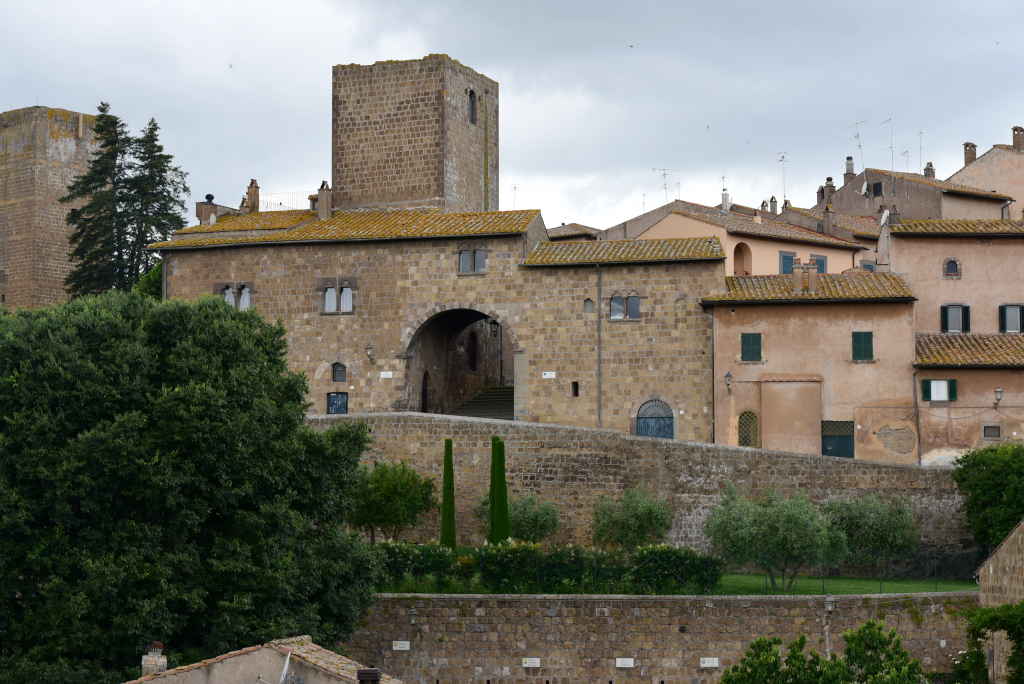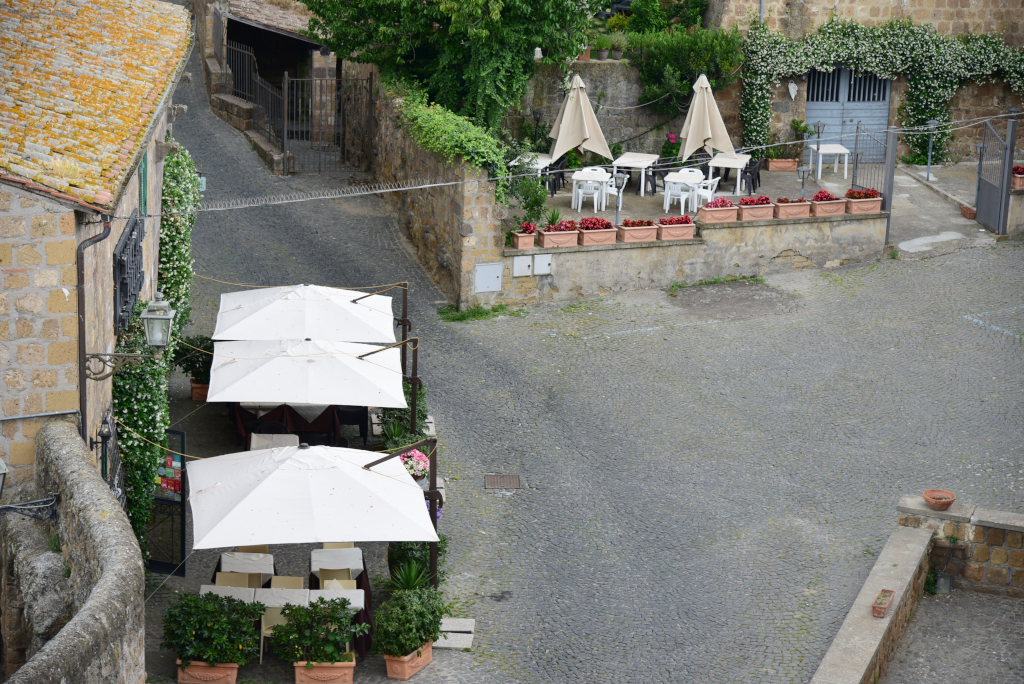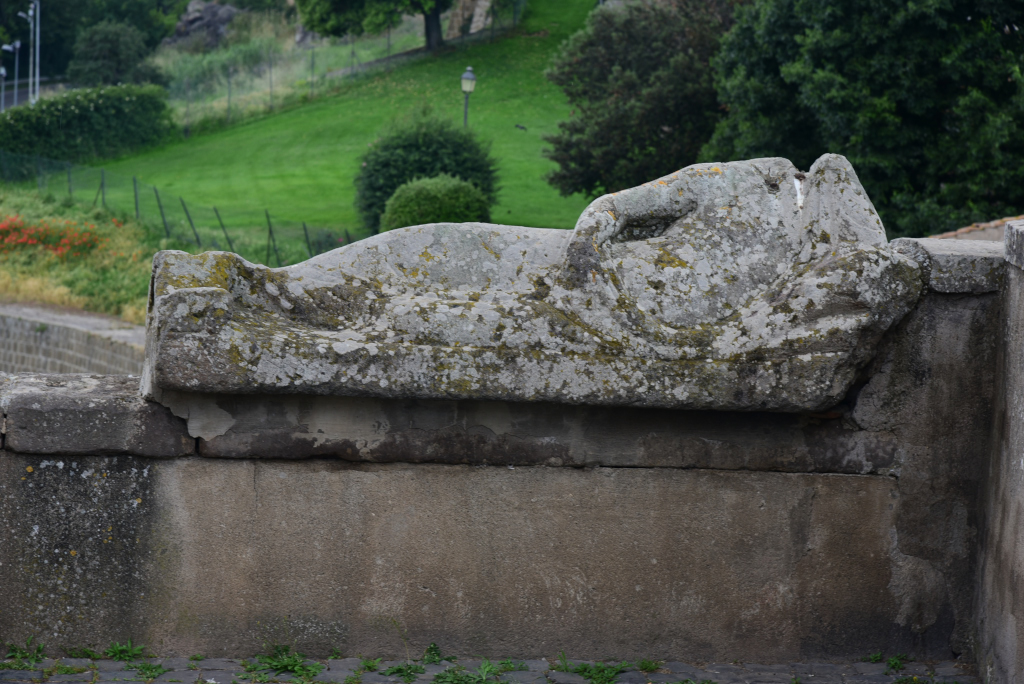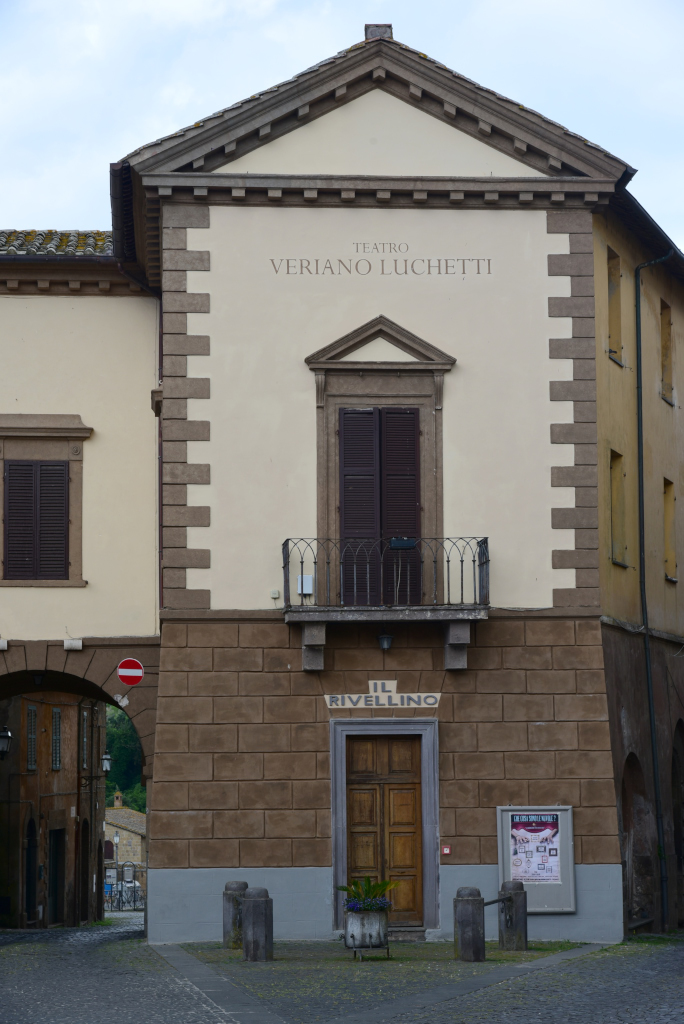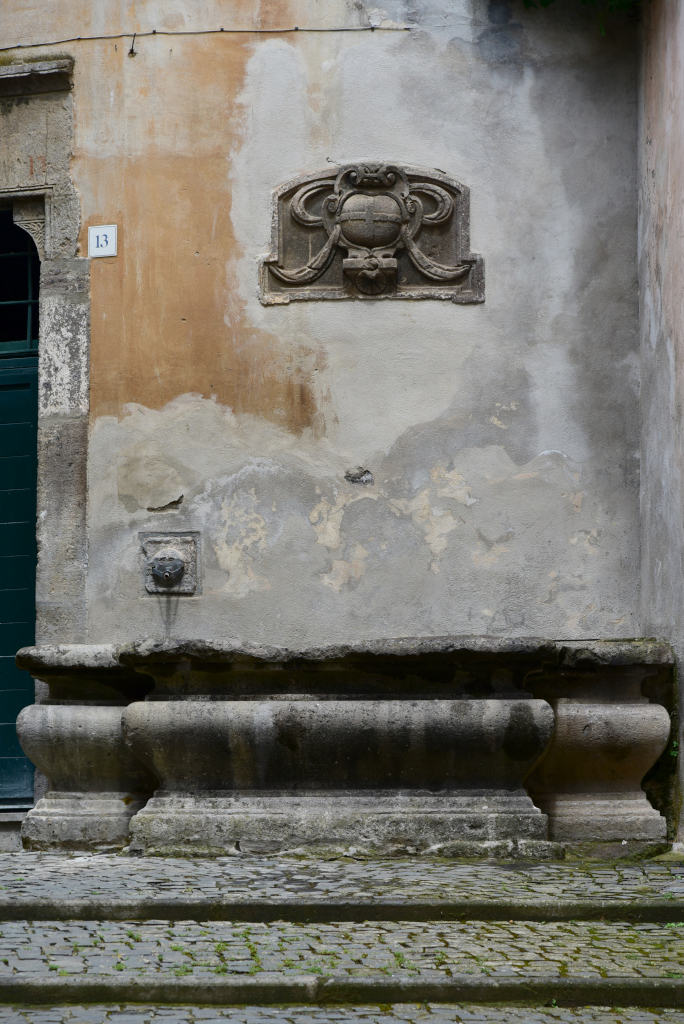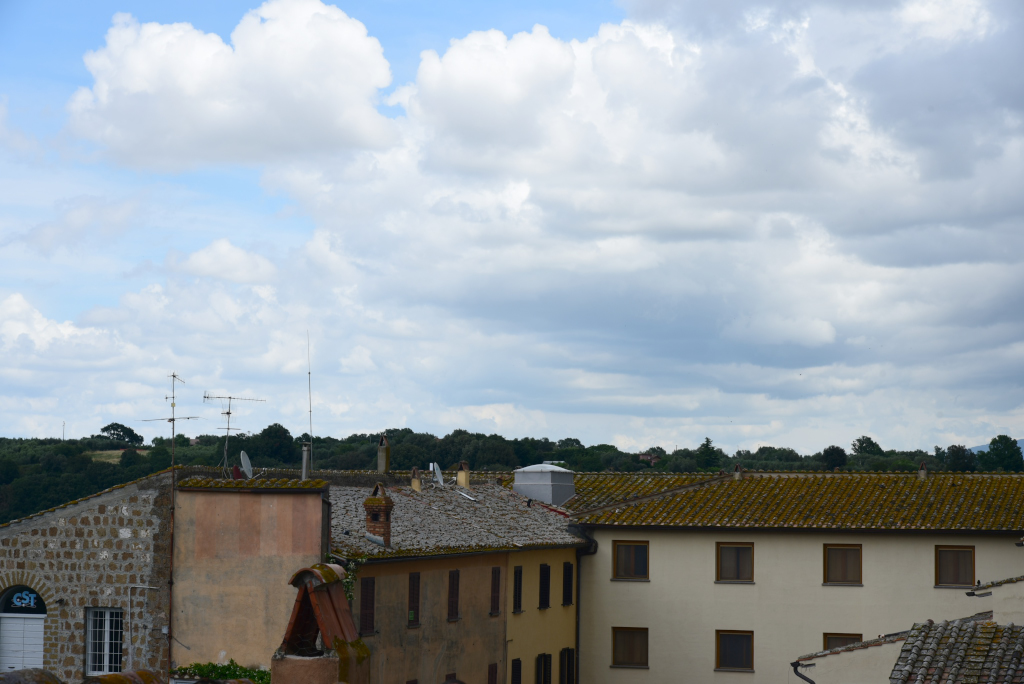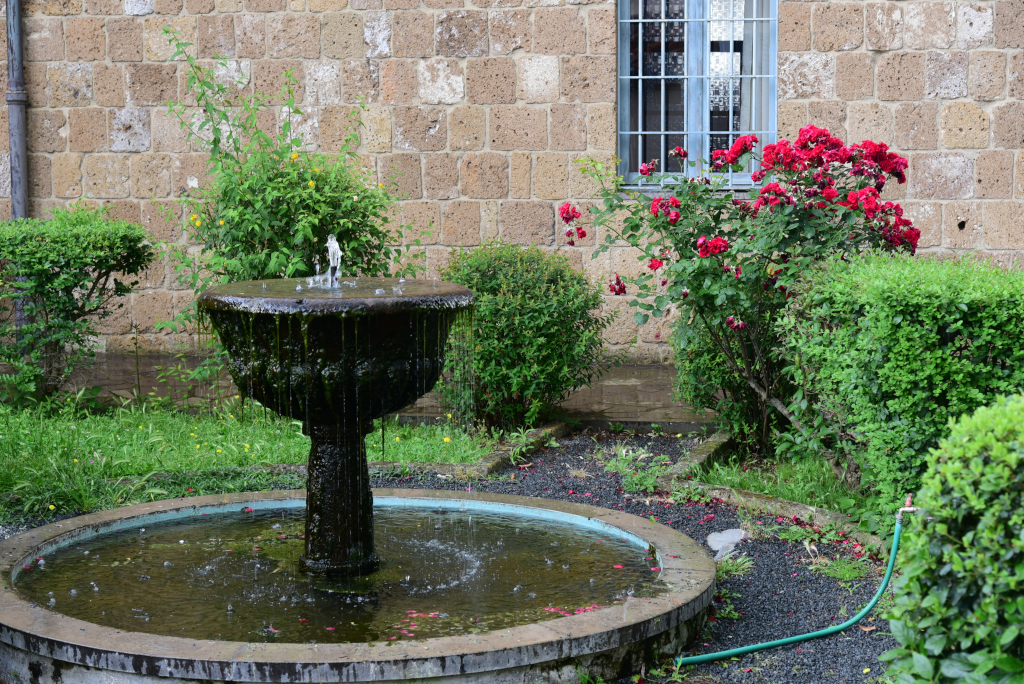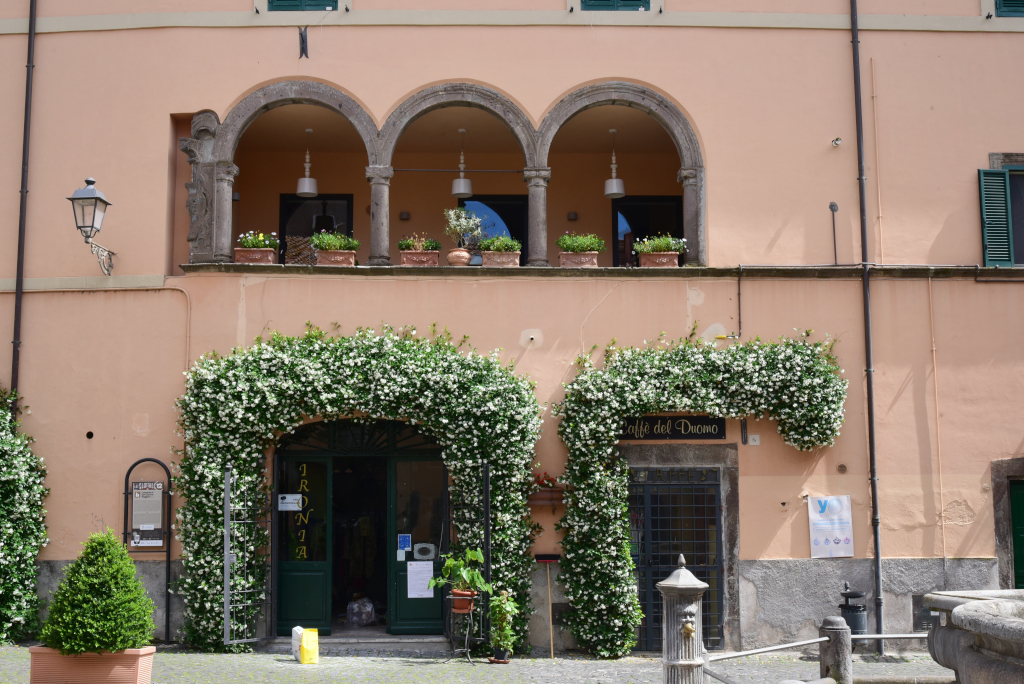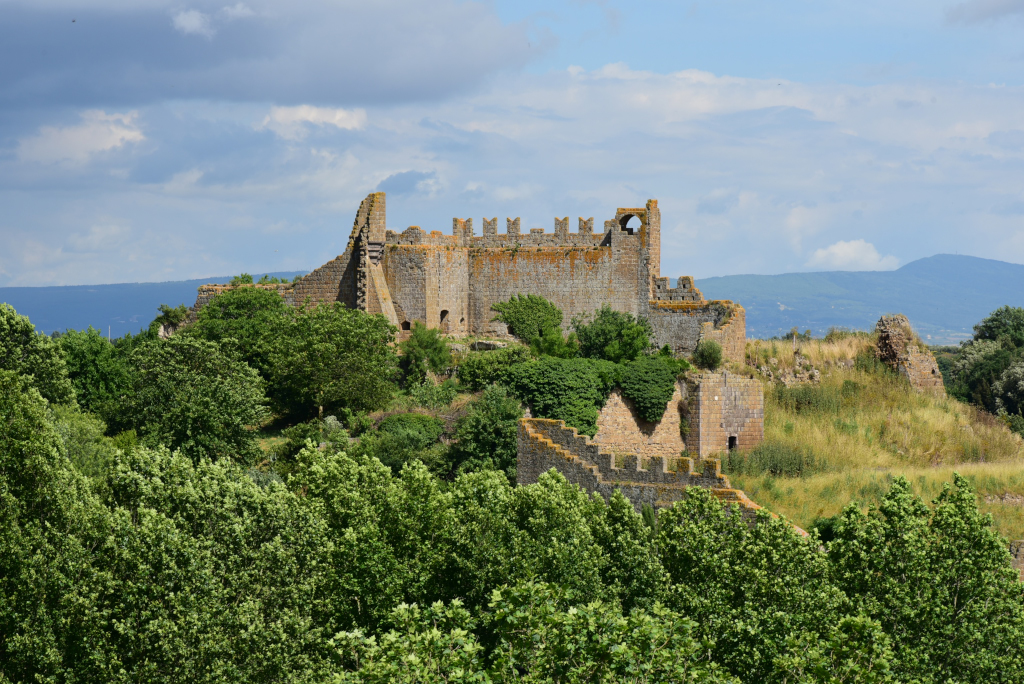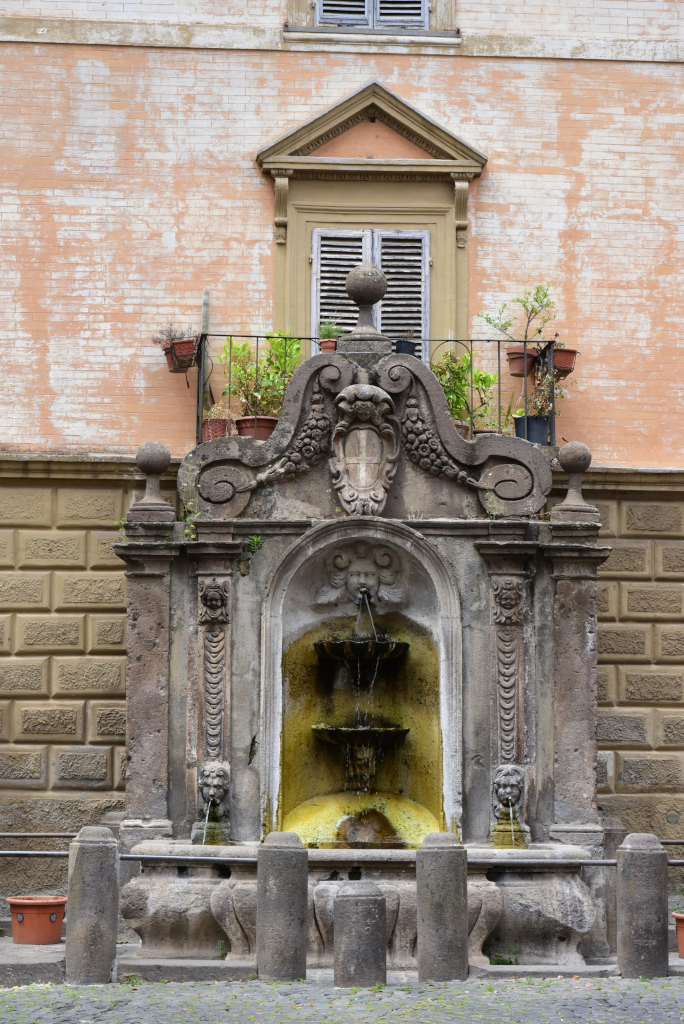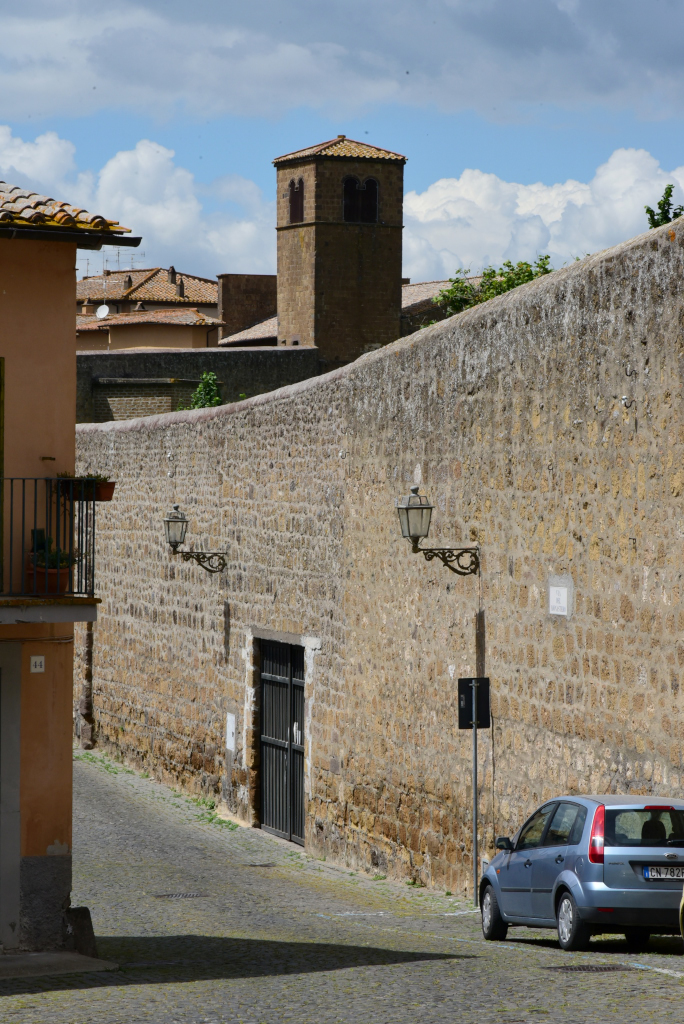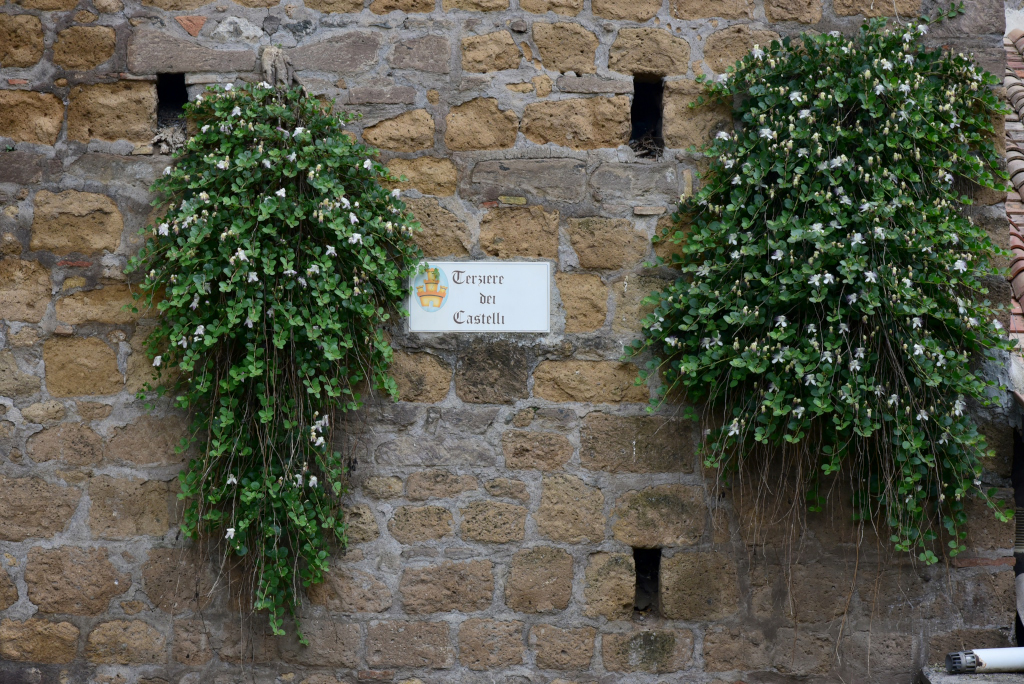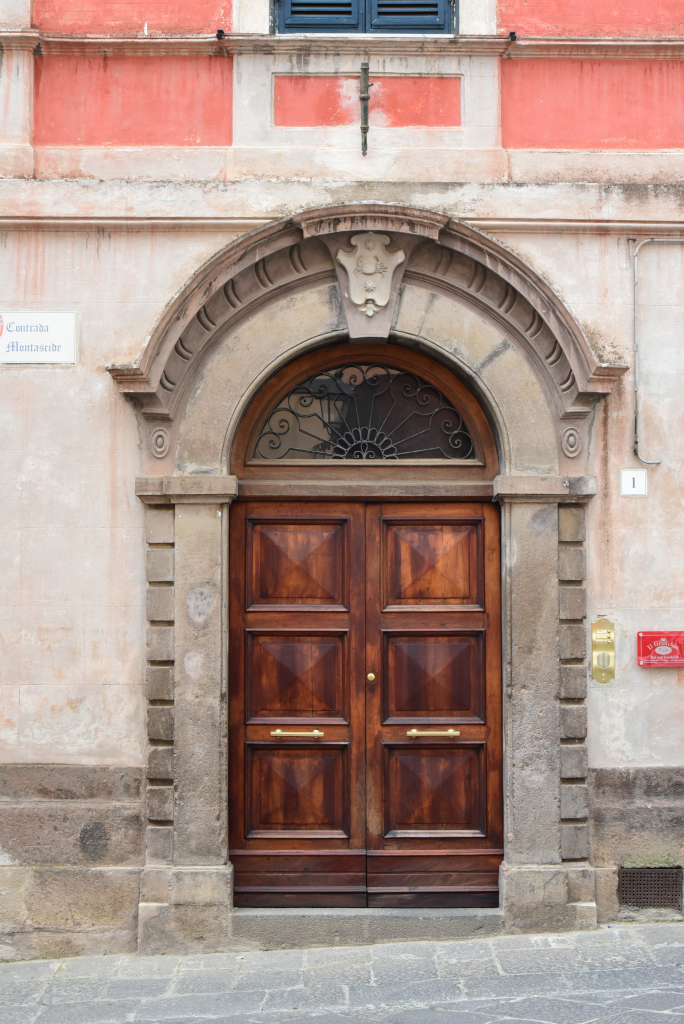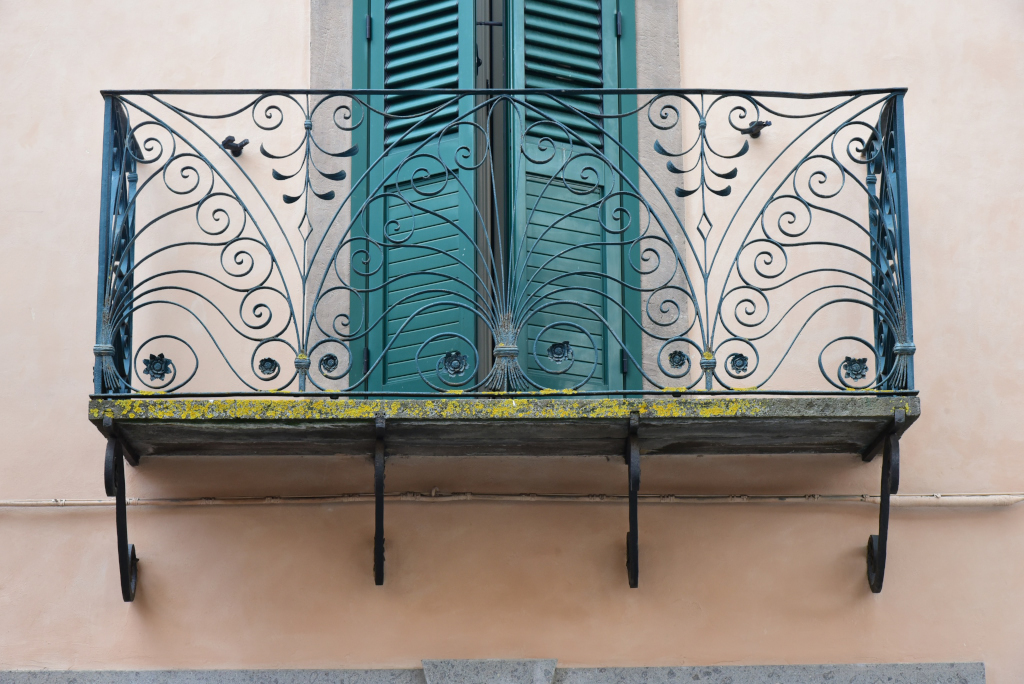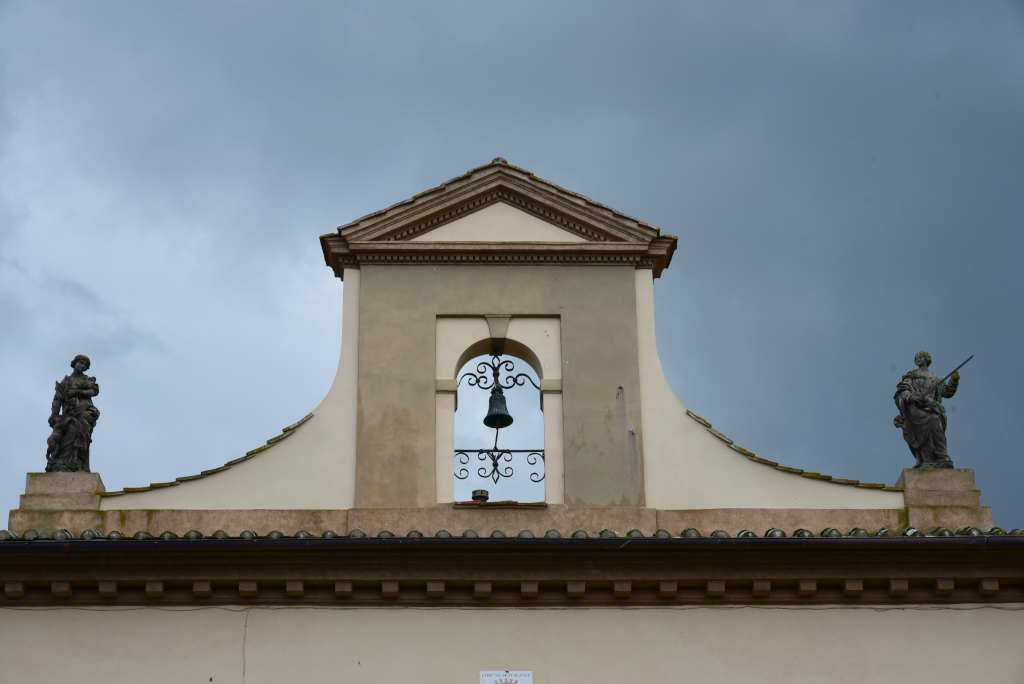June 5, 2018
The area of Tuscania contained one of the major Etruscan settlements in ancient times, due to its strategic position. The town is said to have originated in the 7th century B.C., and following the defeat of the coastal cities at the hands of the Greeks (4th century B.C.), Tuscania also became a maritime trade centre through the port of Regas.
Numerous necropolises found in the area date back to ancient Etruscan times. The most famous, on the slope opposite the hill, is the one of the Madonna dell’Olivo with the tombs of the Curunas family, characterized by a series of labyrinths including approximately thirty tunnels.
The city was later absorbed peacefully into the Roman empire, agricultural development and construction of the Via Clodia further boosting the city’s prosperity.
By the 5th century AD (or earlier, depending on the source), Tuscania became one of the first bishopric sees in Italy. After the fall of the Western Roman Empire, Tuscania fell into the hands of the Lombards in the mid-6th century A.D., then in 781, part of the Papal States.
The Middle Ages proceeded in the same circus-like fashion as much of the rest of the region, the town changing hands between noble families, the papacy and the Germans on a regular basis. In 967–1066, Tuscania was a fief of the Anguillara family, then of the marquises of Tuscany. In 1081, it was besieged by the German Emperor Henry IV.
In the following century, Tuscania became a free commune, but internal struggles led to a loss of prestige vz. nearby Viterbo, which was made a diocese in 1192. In 1222, St. Francis of Assisi sojourned in the city. The town played a part in the struggle between the Guelphs and Ghibellines, and was captured by Frederick II of Hohenstaufen in the mid 13th century, who had the town contained in a set of walls.
In the early 14th century the town submitted to Rome, then in the mid-14th century, a bubonic plague struck Tuscania very hard. In 1421, Tuscania became a county under the condottiero Angelo Broglio da Lavello.
In 1495, Tuscania was ravaged by the troops of French King Charles VIII during his march towards the Kingdom of Naples. Subsequently, Tuscania experienced a long period of decline which lasted until the annexation to the new unified Kingdom of Italy in 1870.
Tuscania was a favourite location for film director Franco Zefferelli, who filmed Romeo and Juliet and The Taming of the Shrew here. Other films that were shot here include Otello by Orson Welles, Uccellacci e uccellini by Pier Paolo Pasolini, L’Armata Brancaleone by Mario Monicelli and Francesco by Liliana Cavani. In 1982, Andrei Tarkovsky filmed the Madonna del Parto in the Chiesa di San Pietro for his masterpiece Nostalghia.
(Narrative excerpted from Wikipedia and www.travelingintuscany.com)


